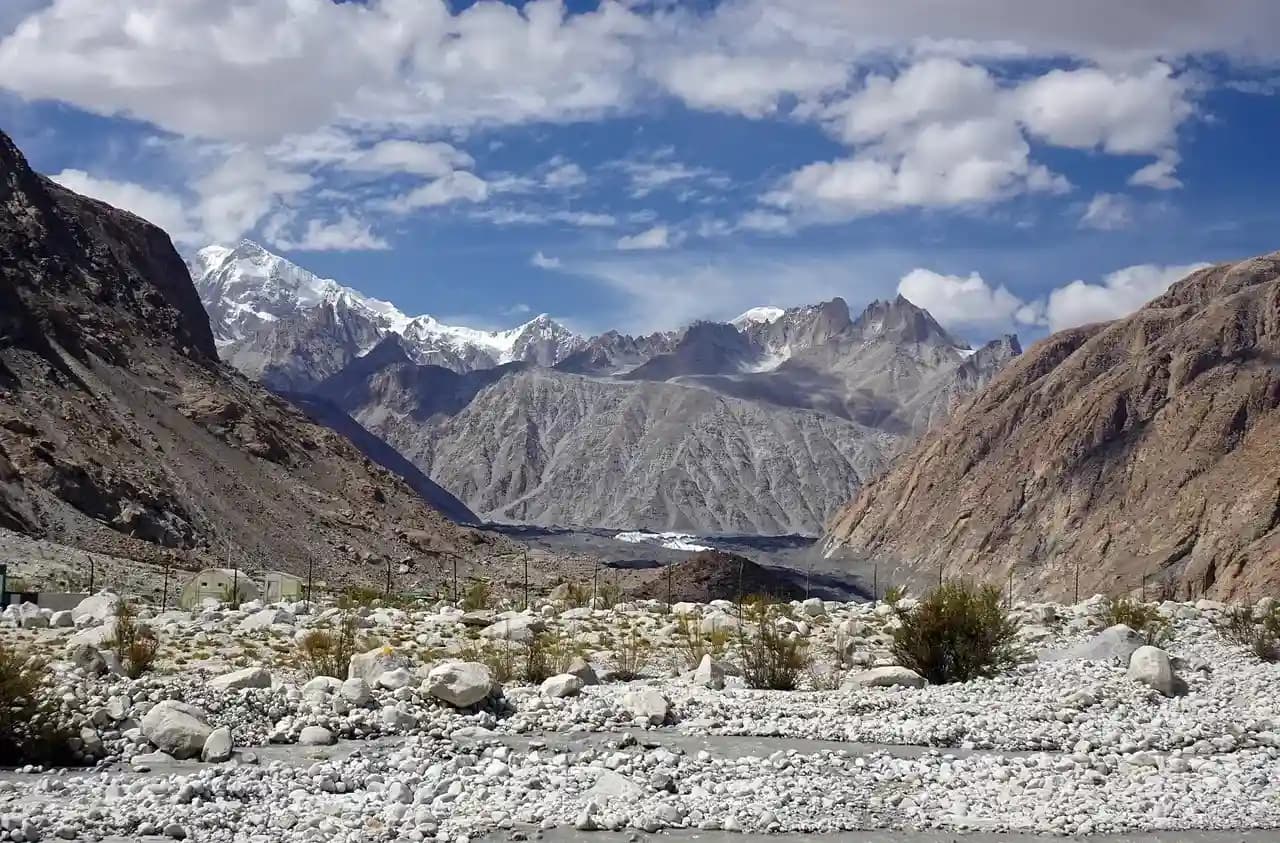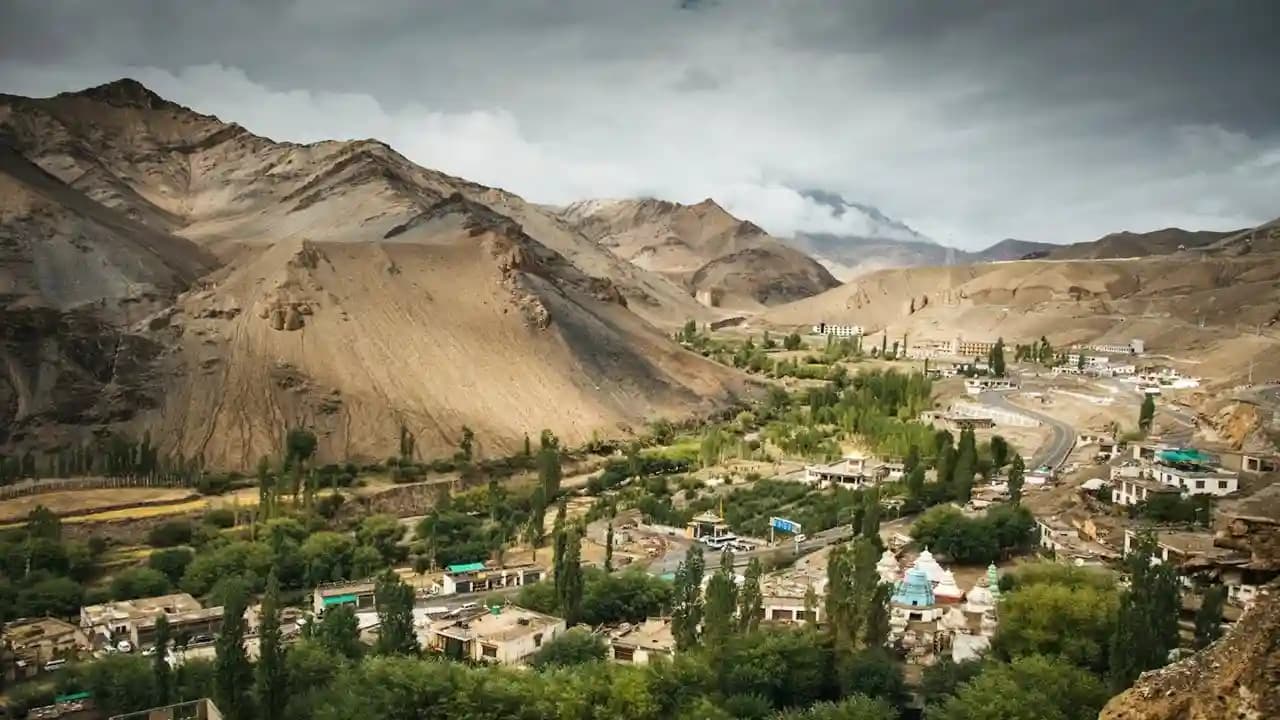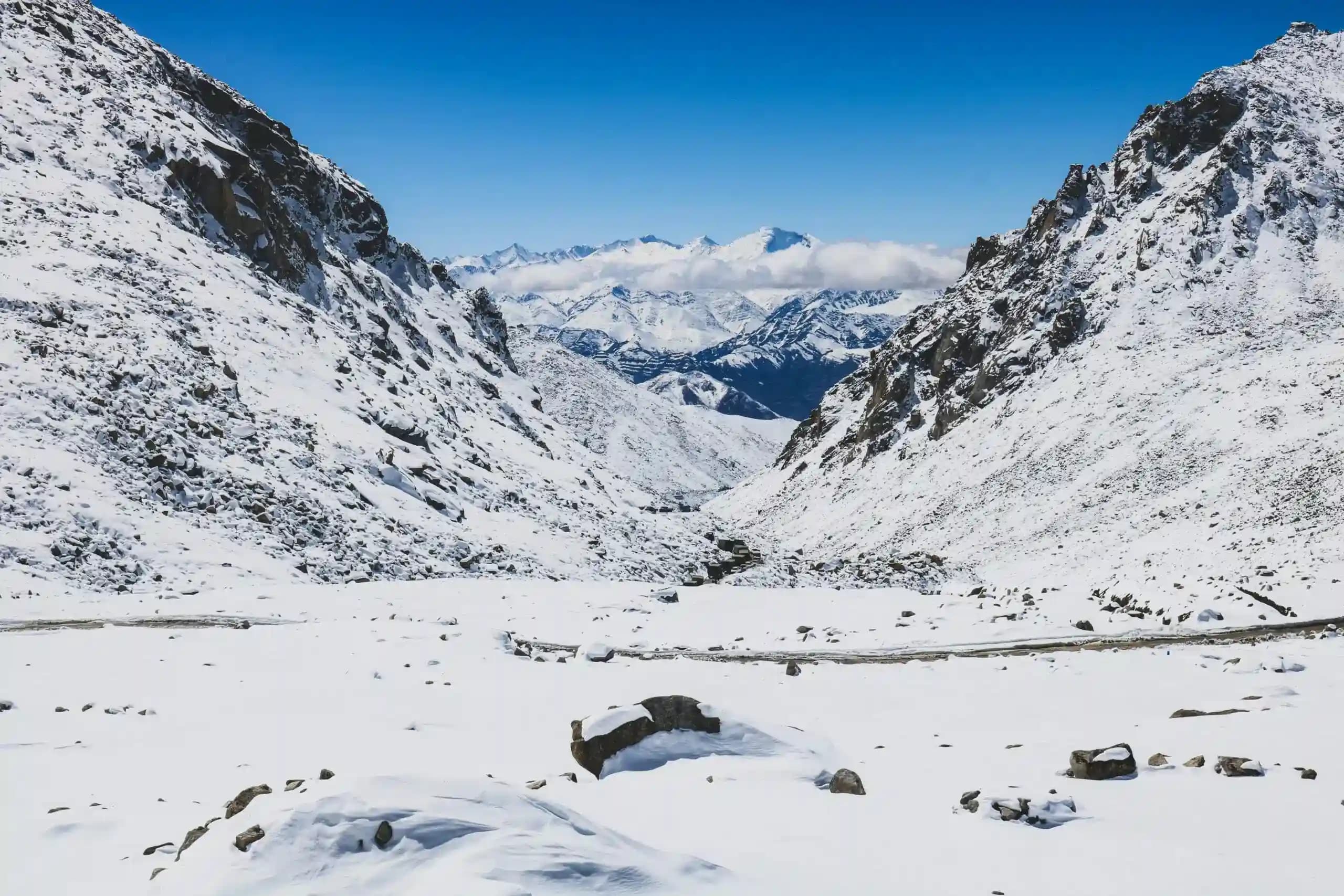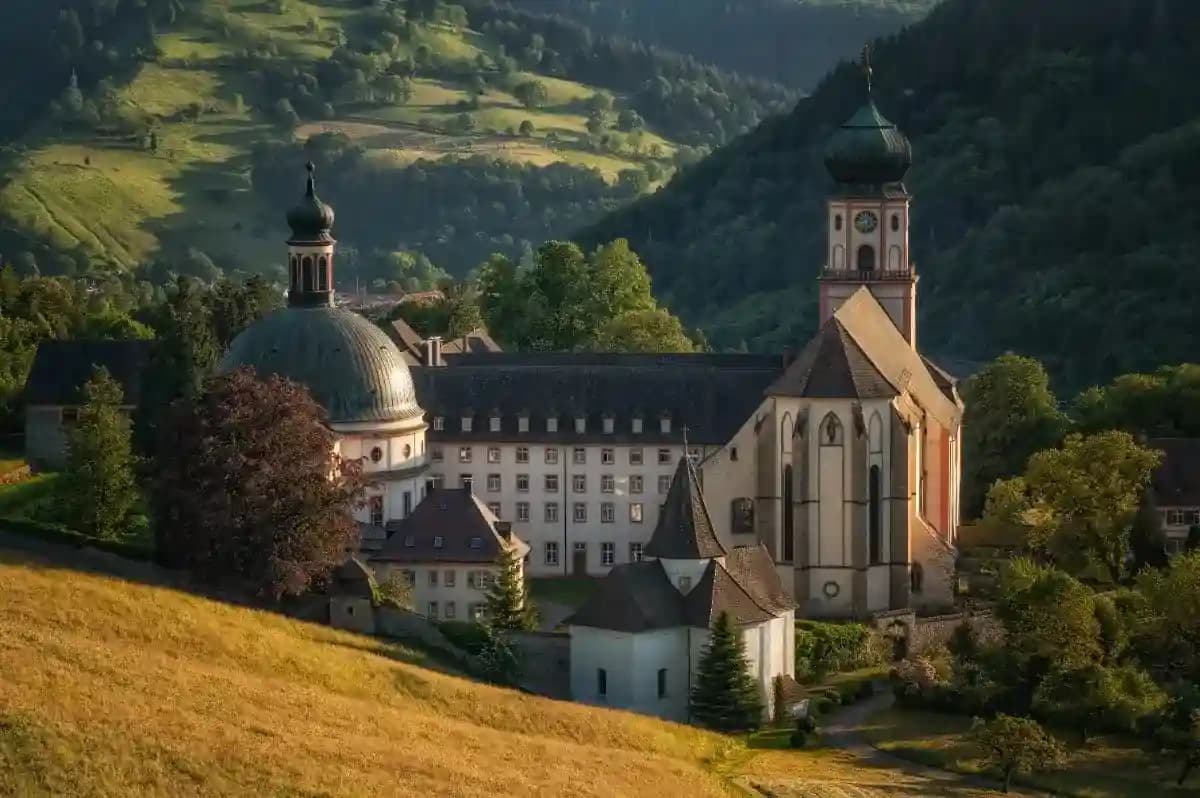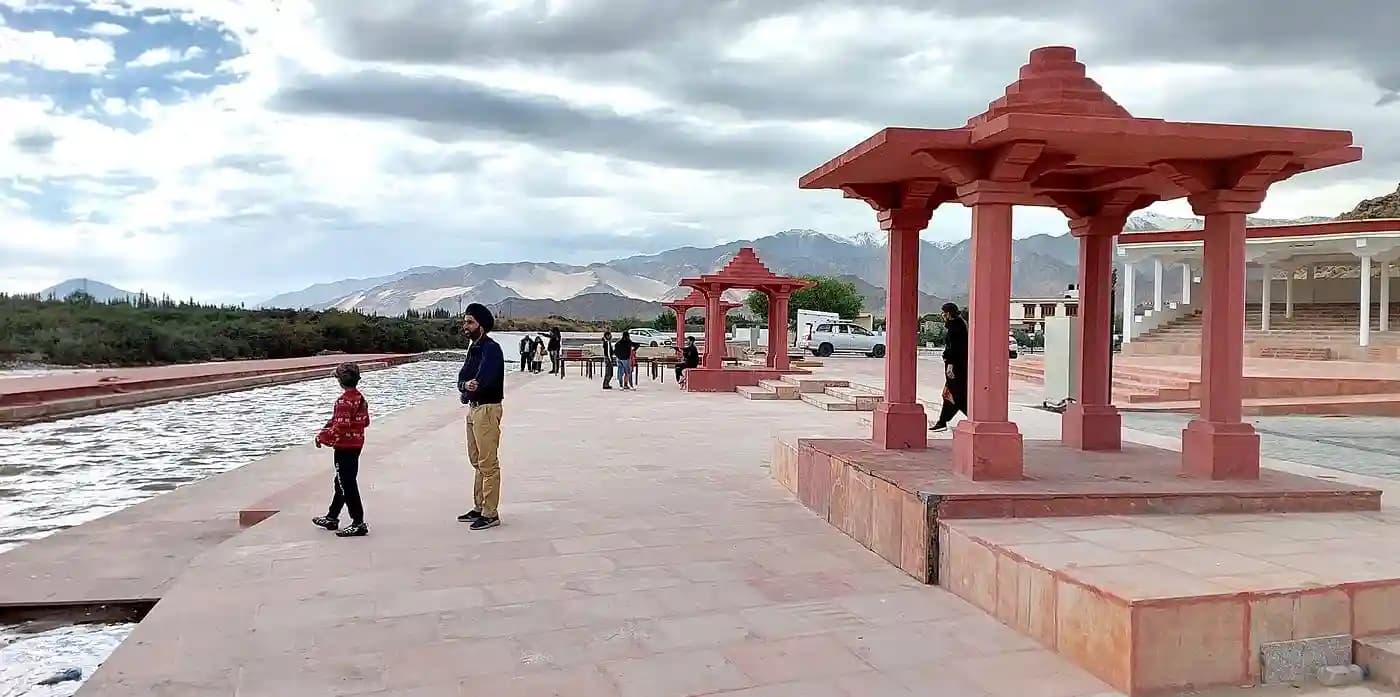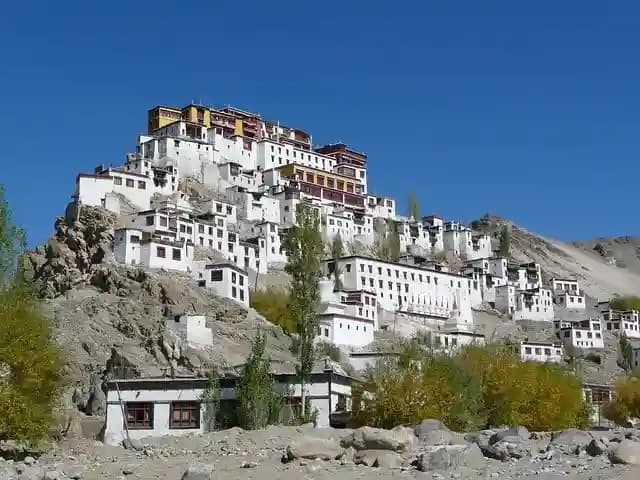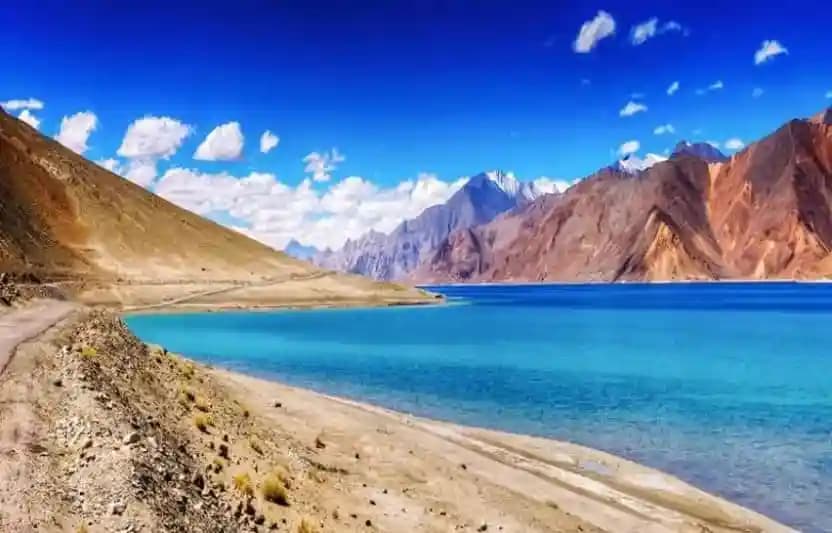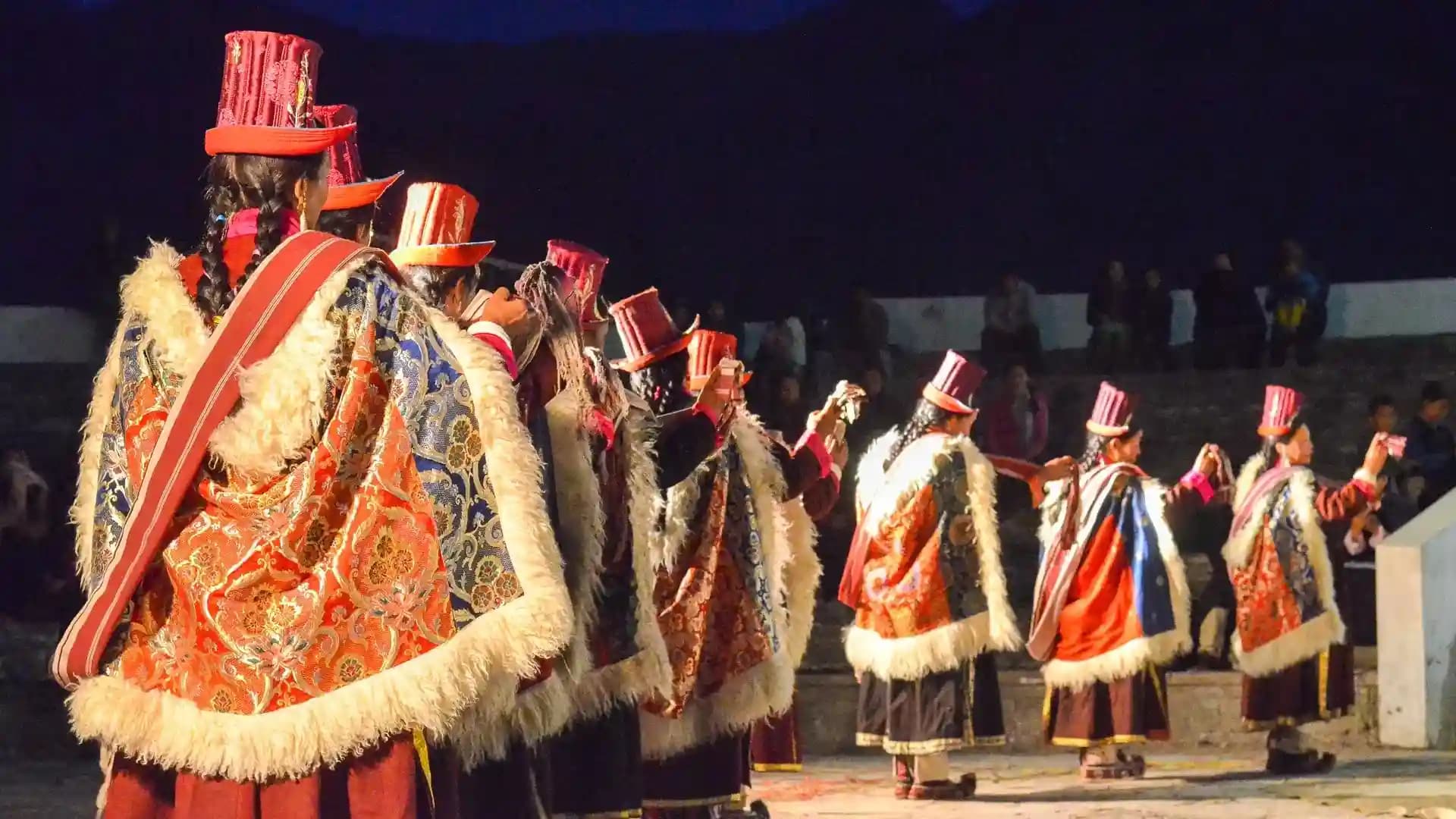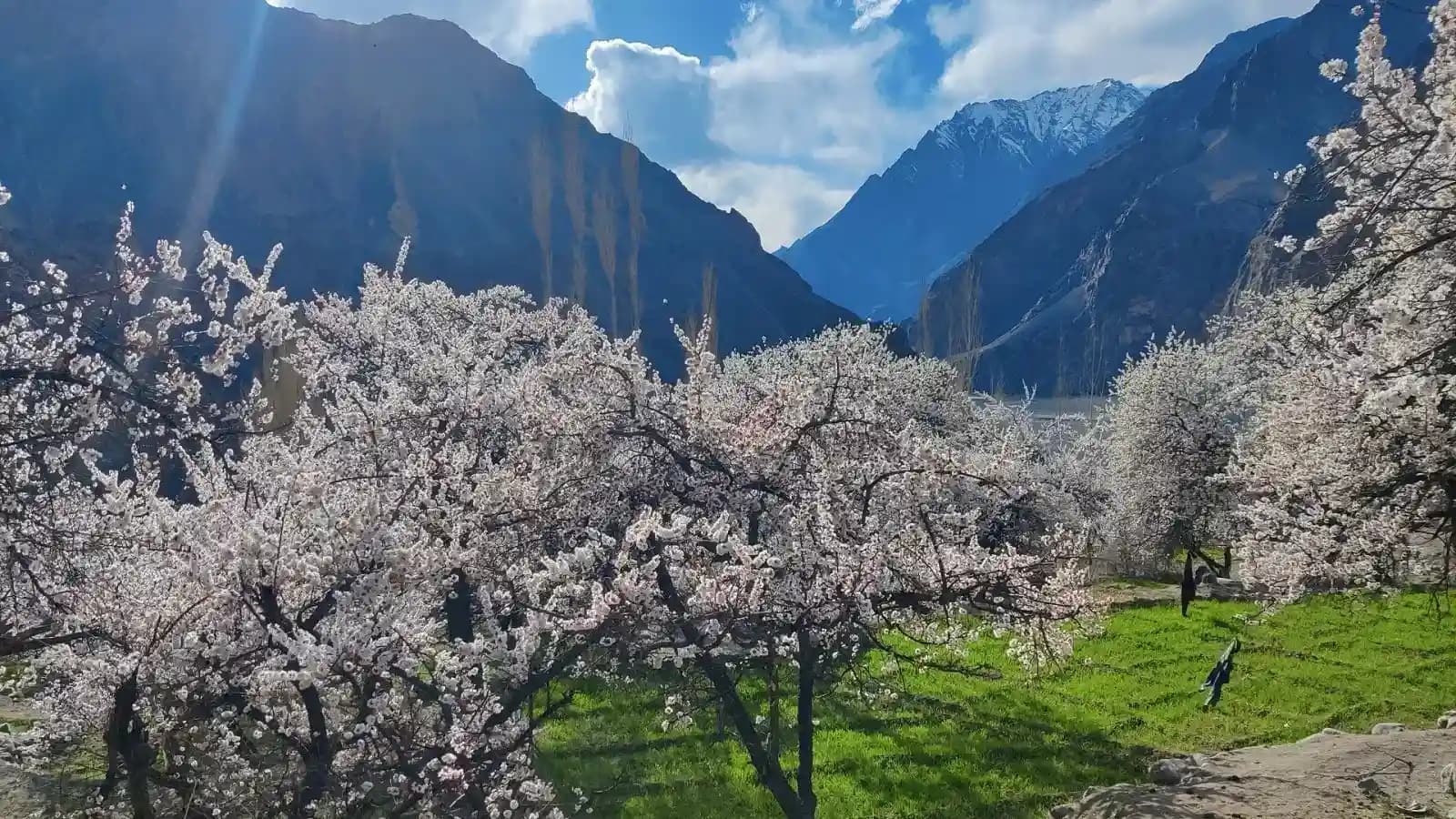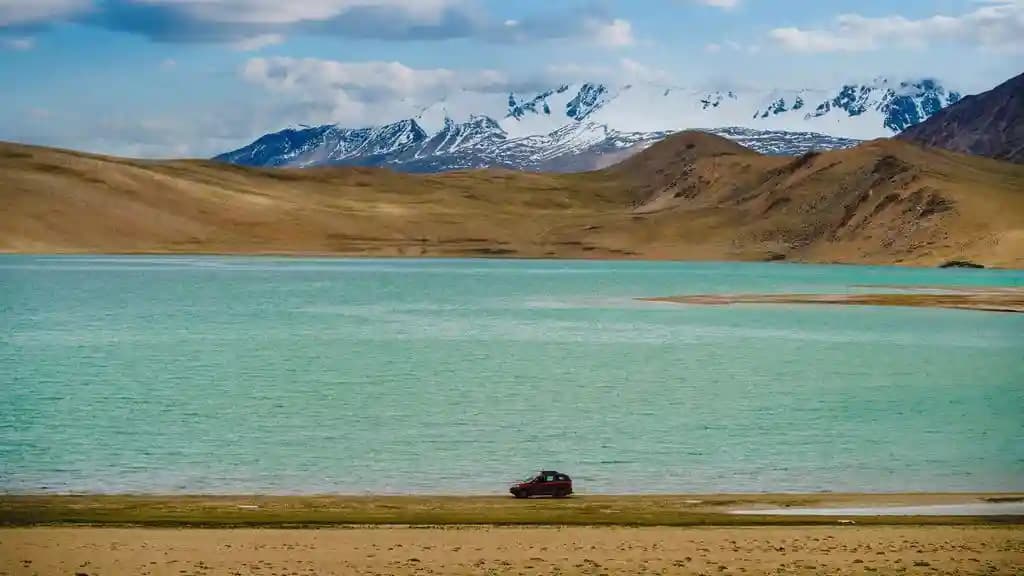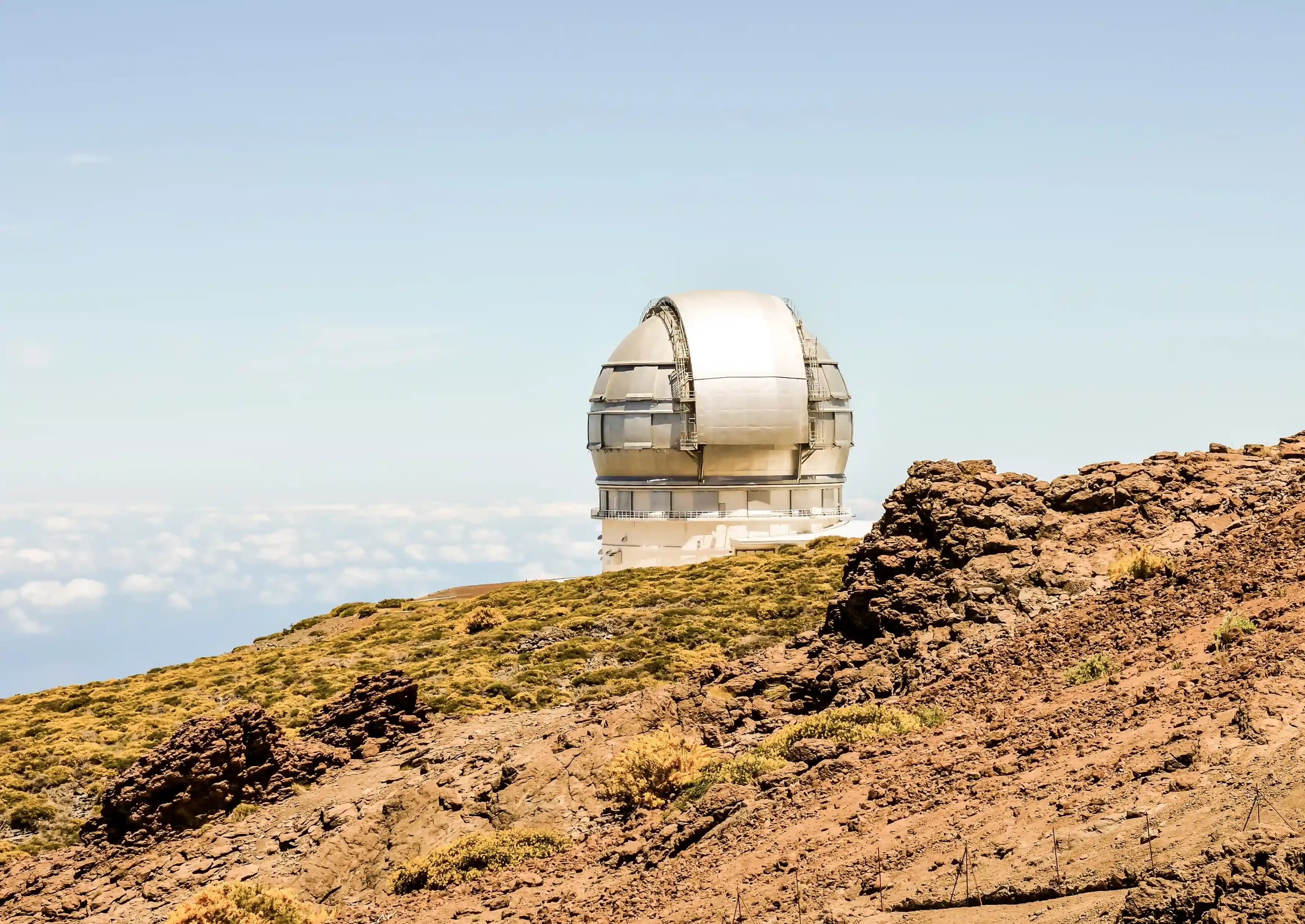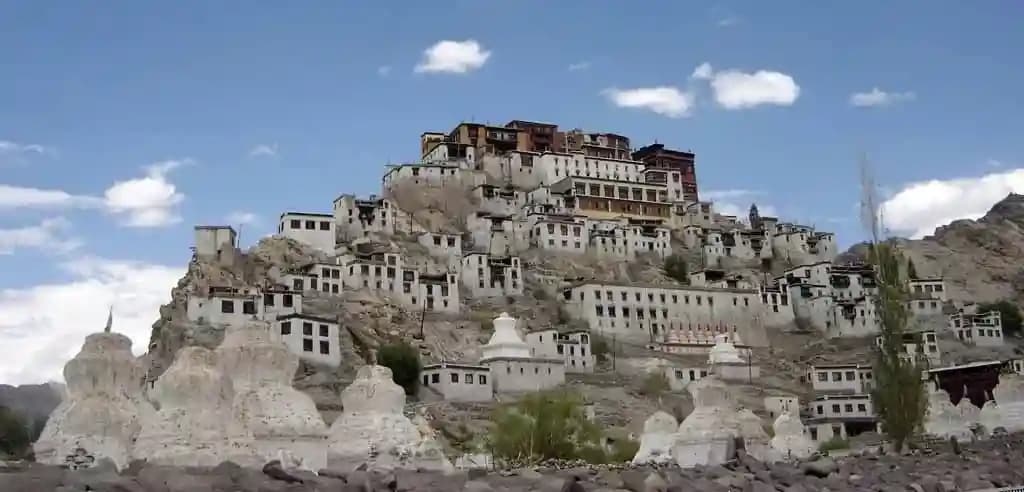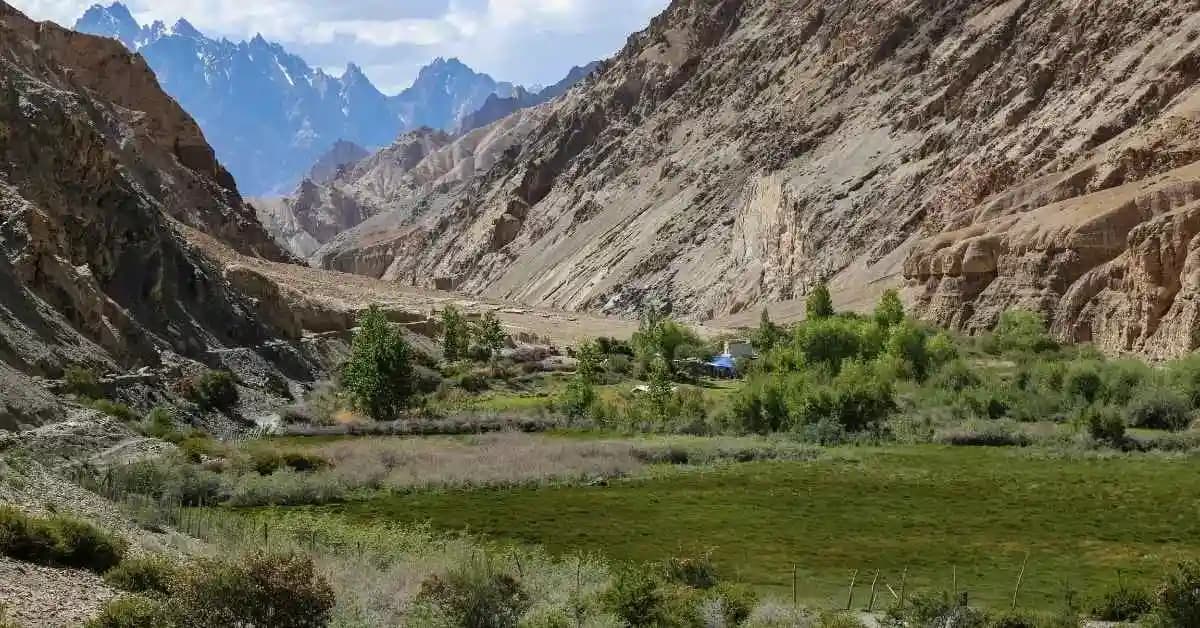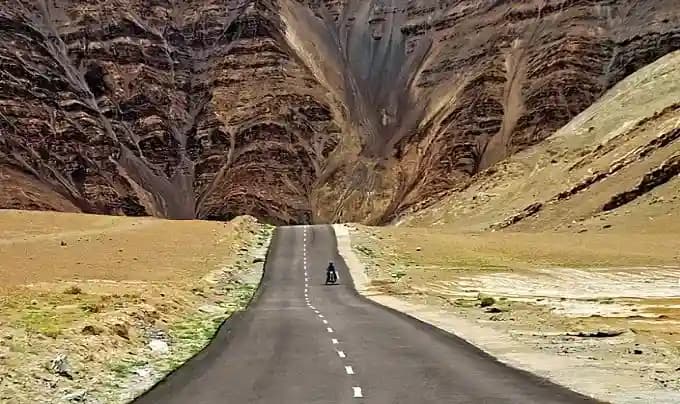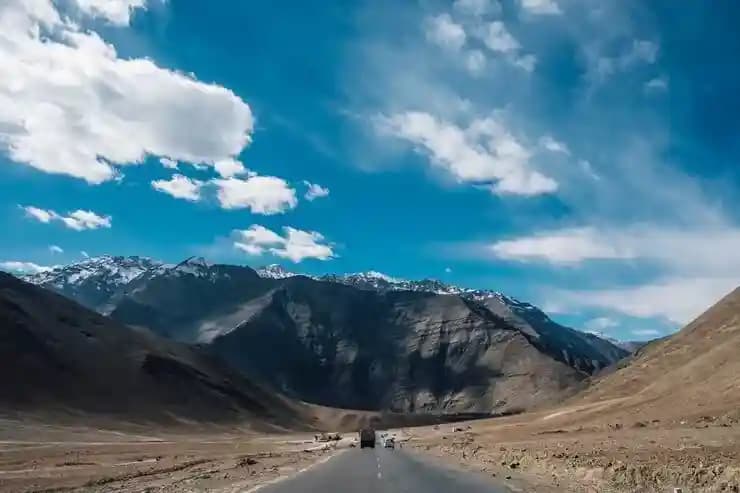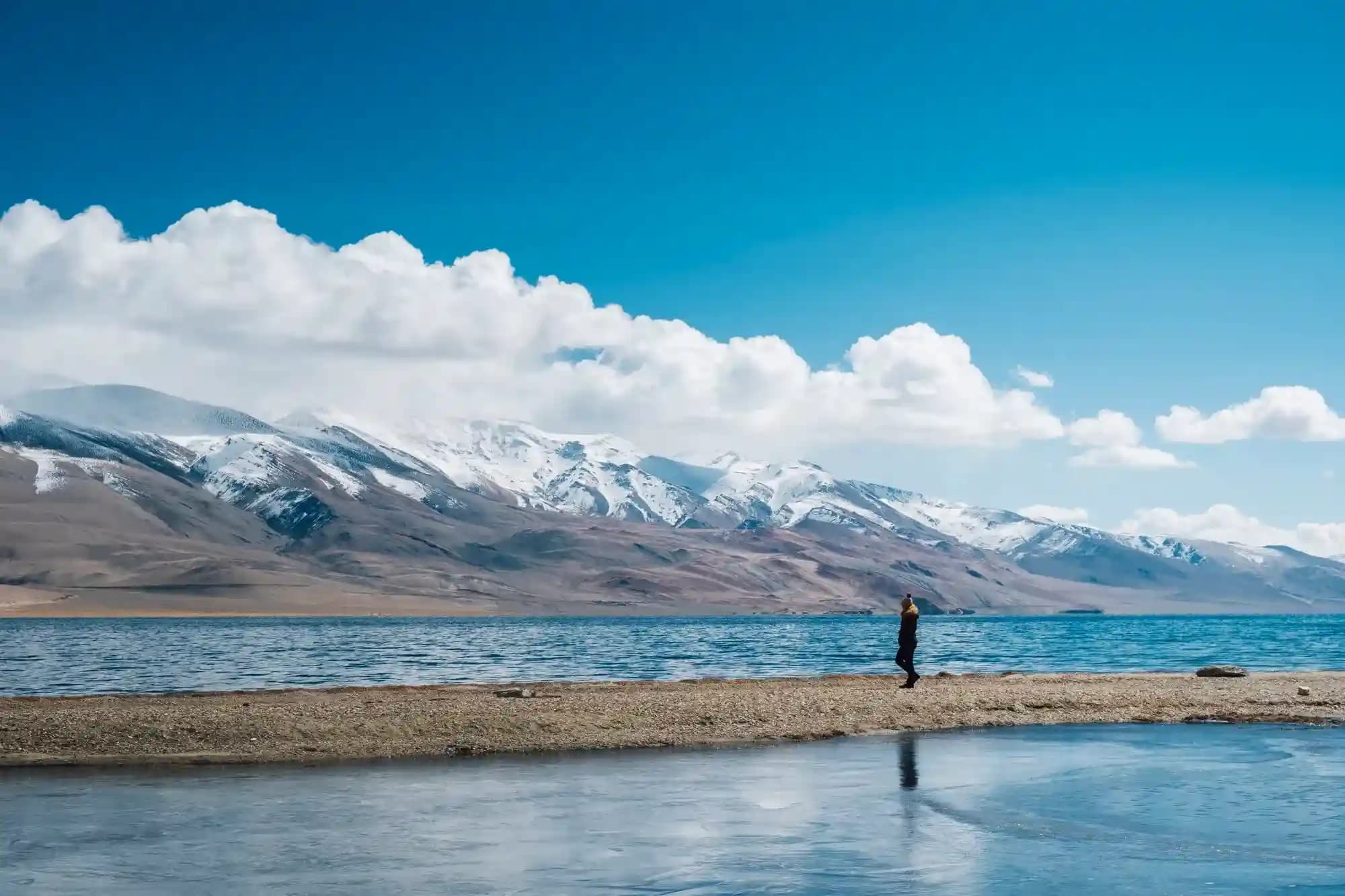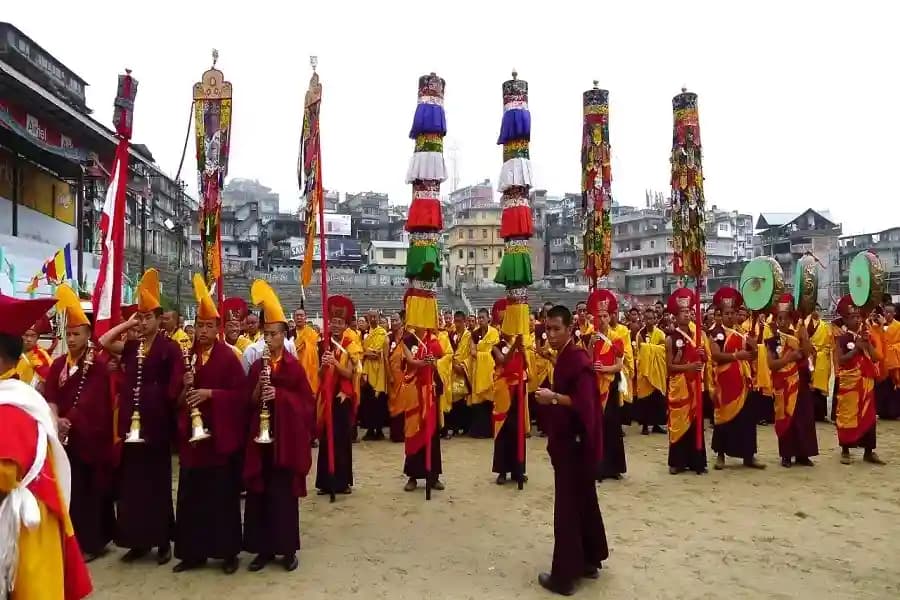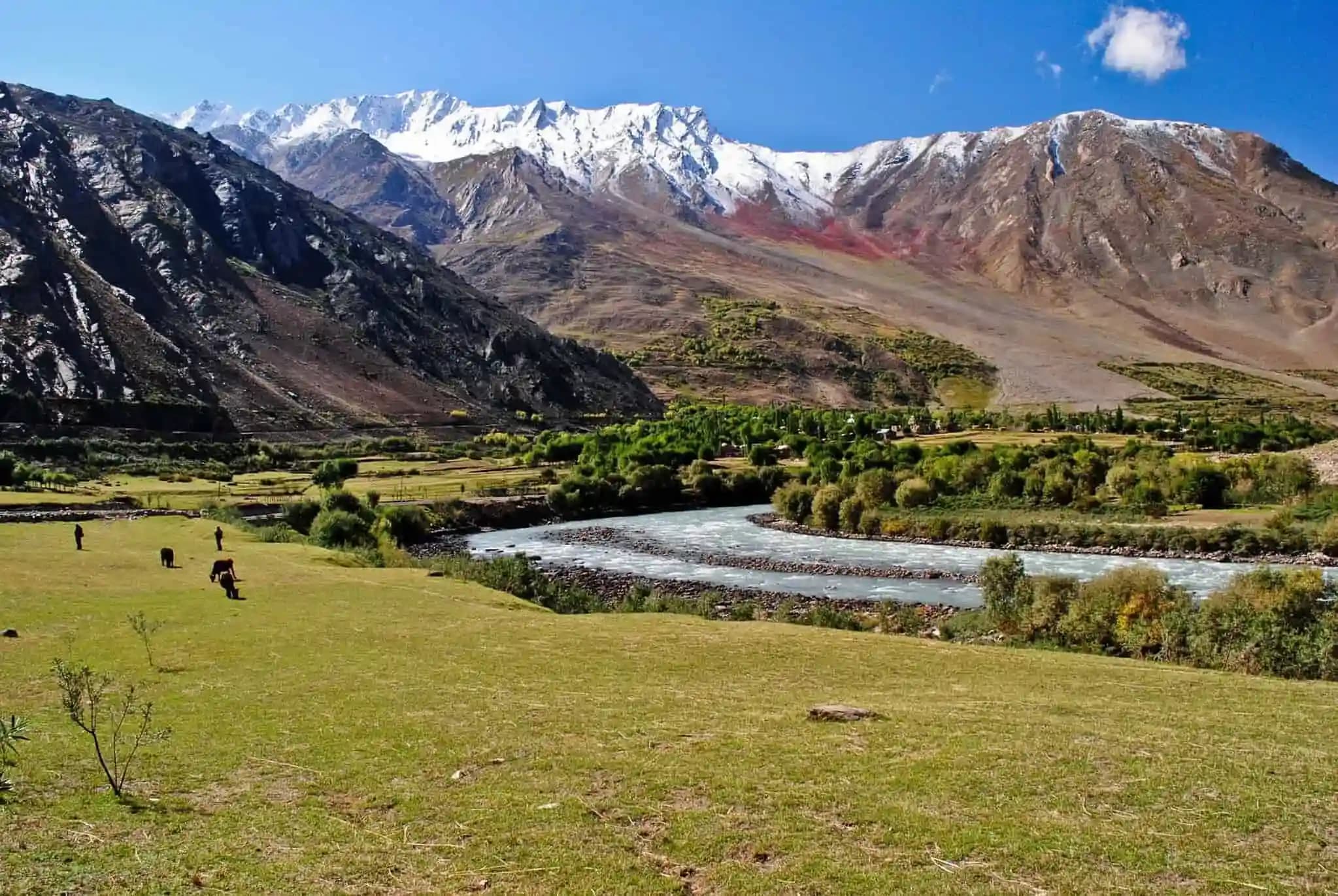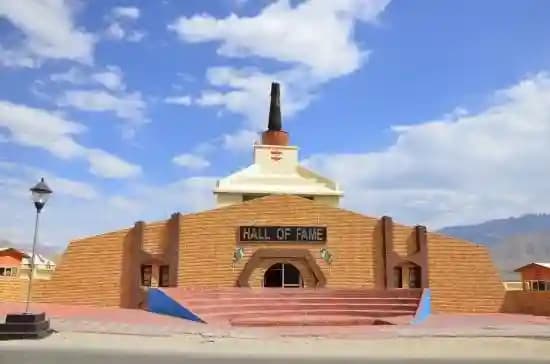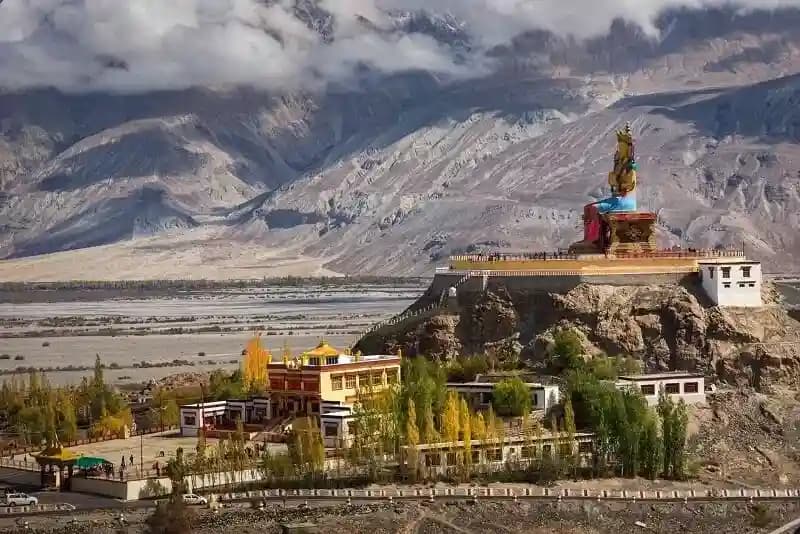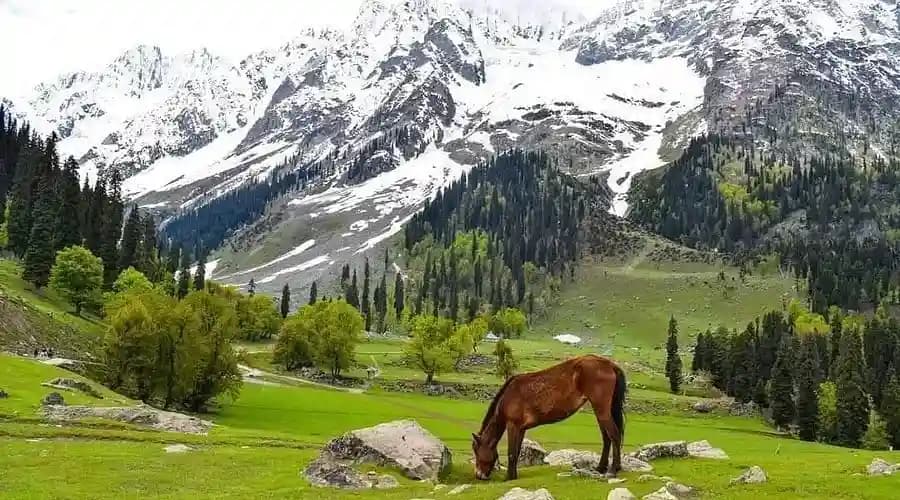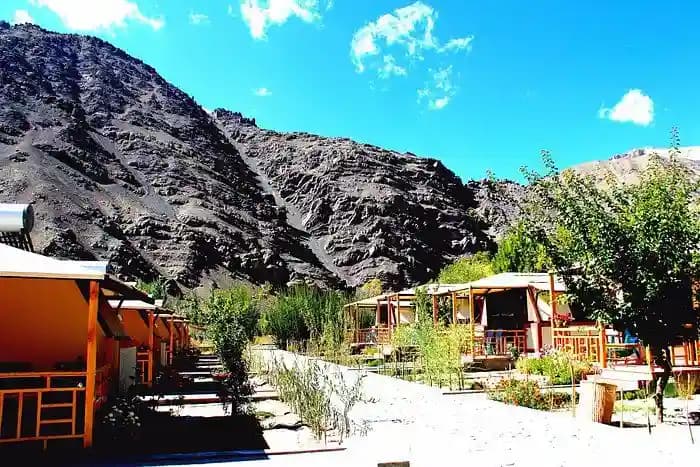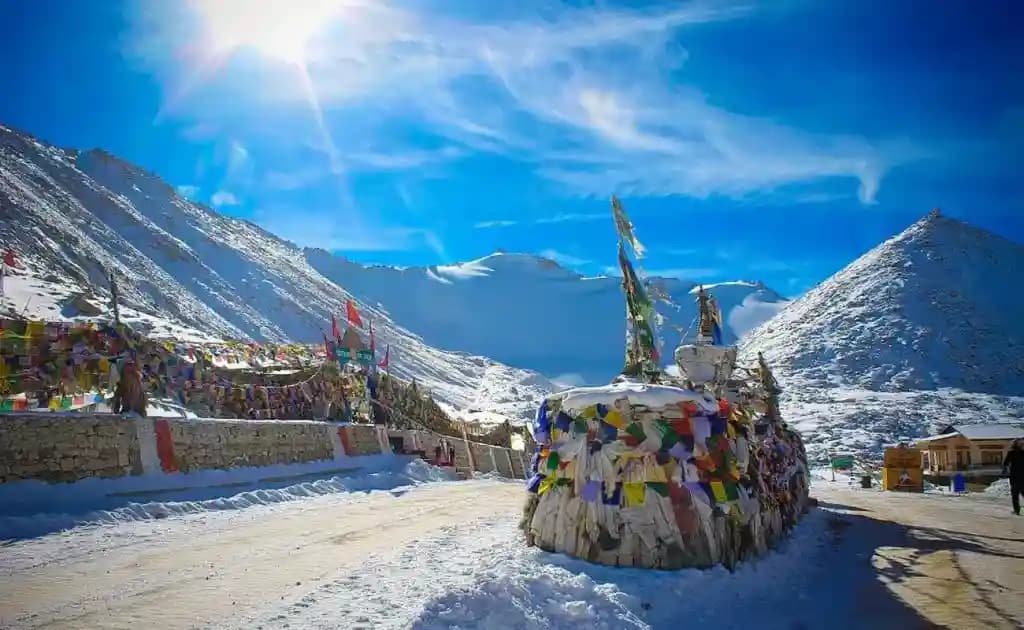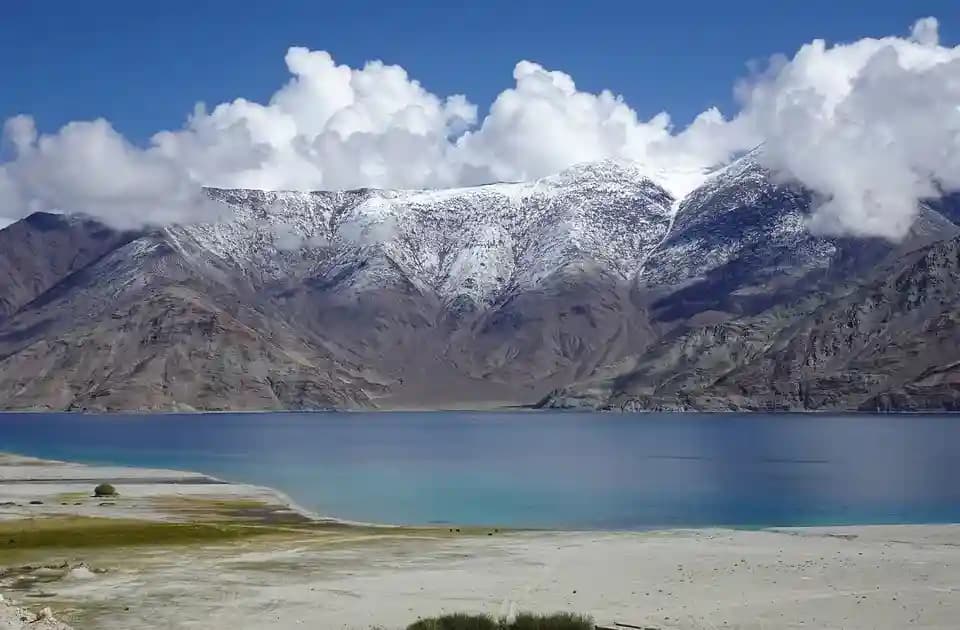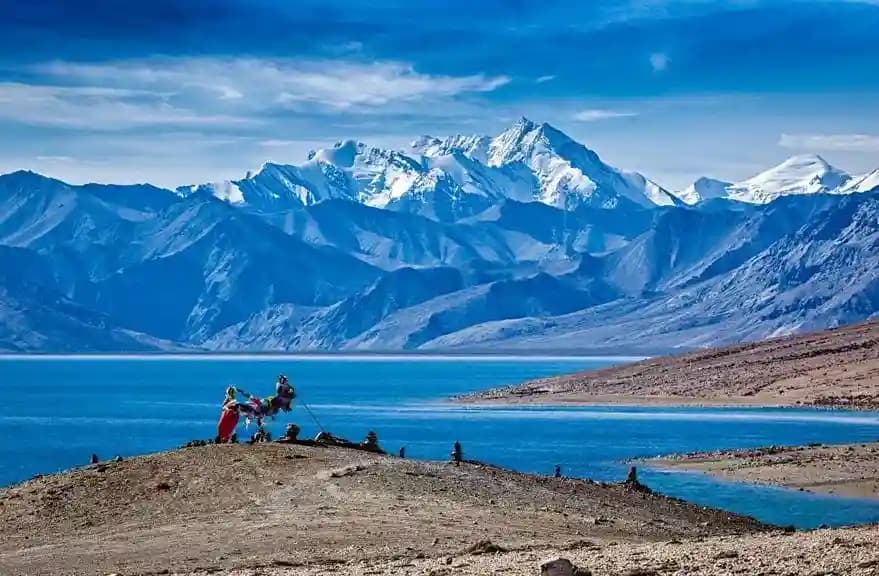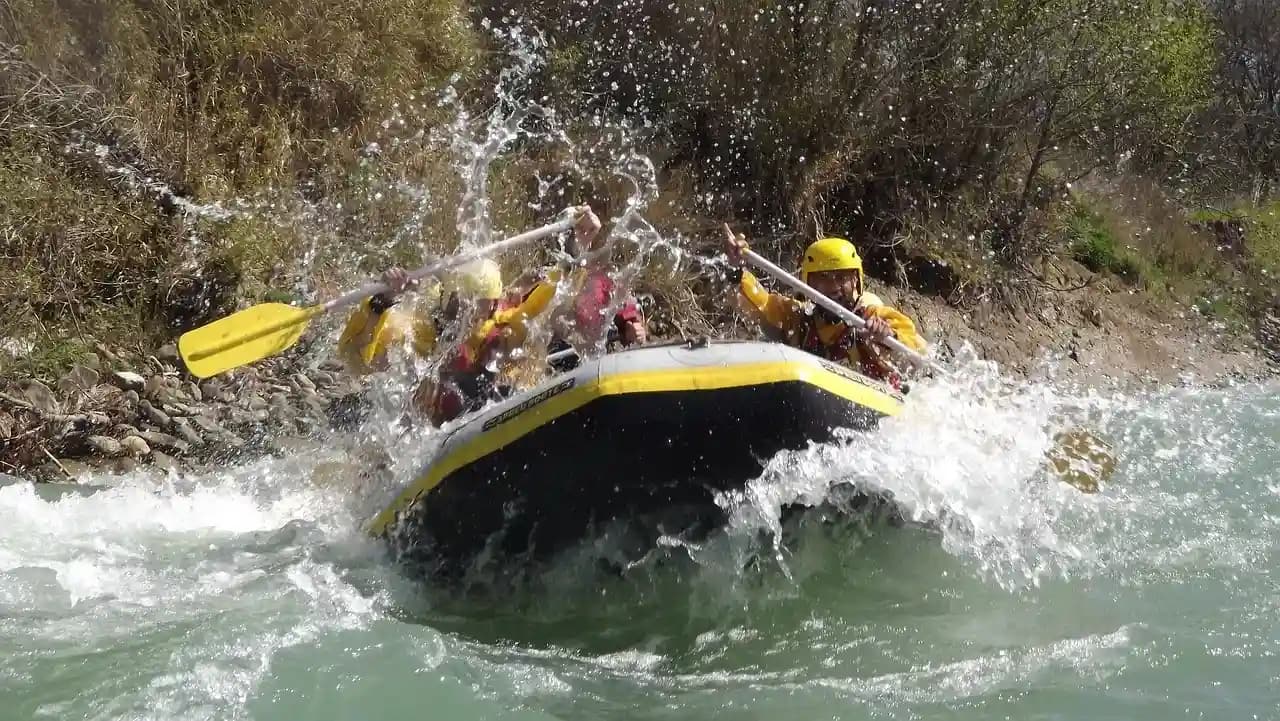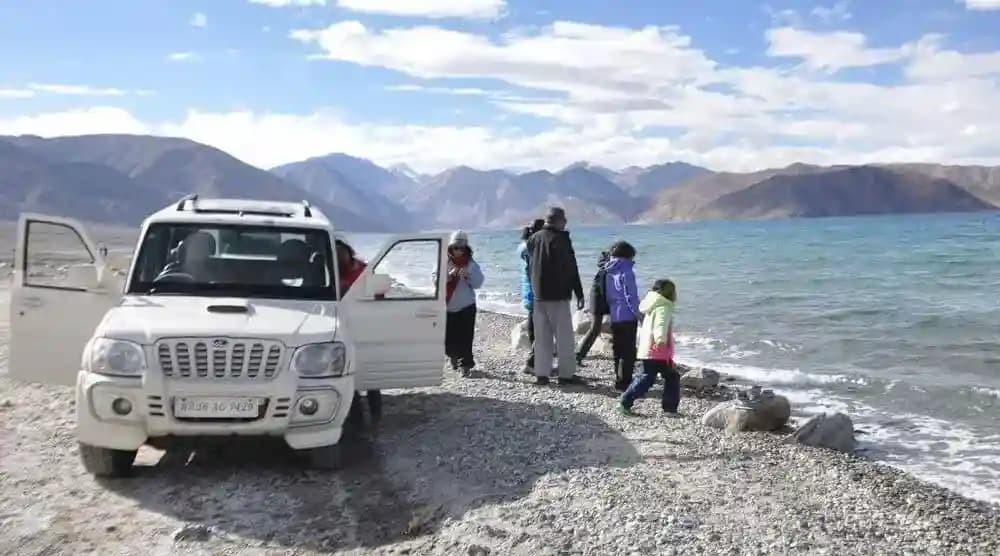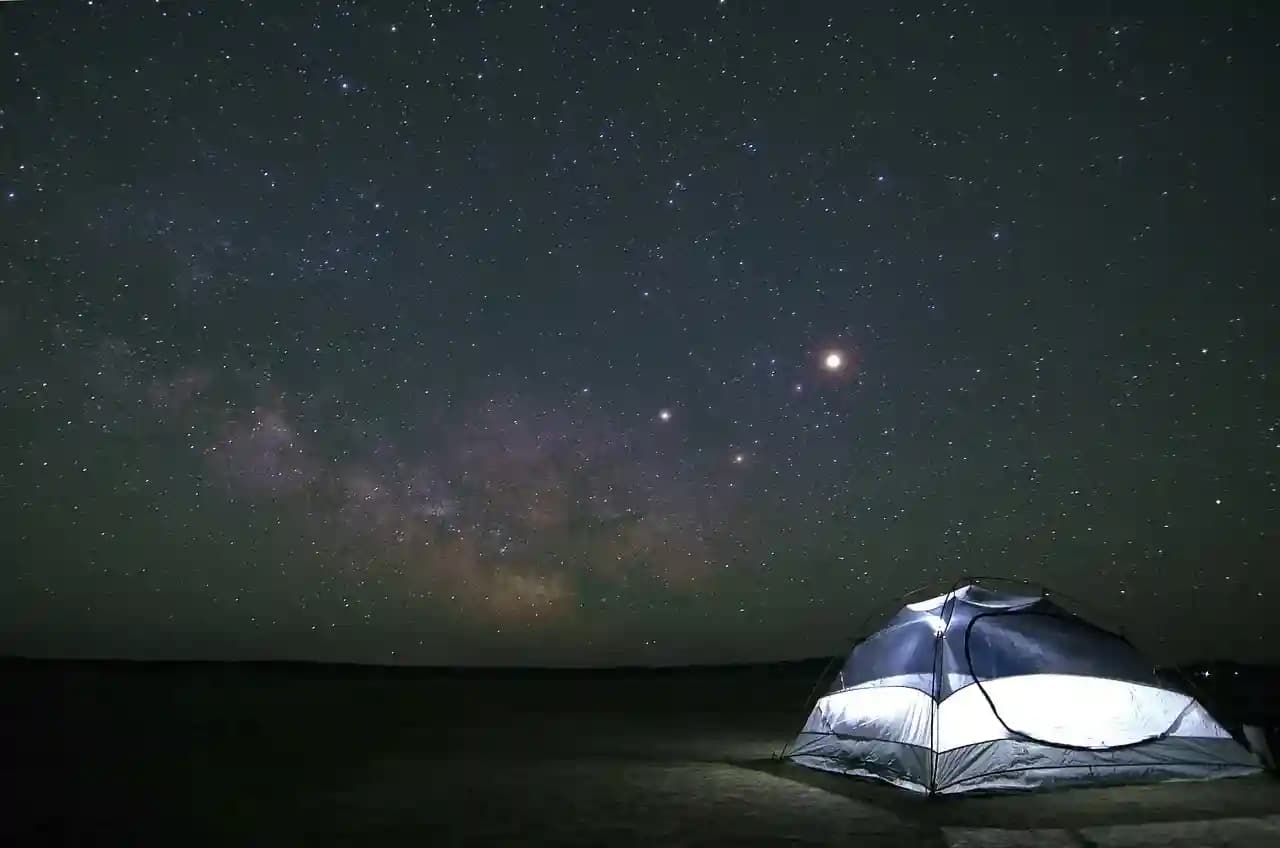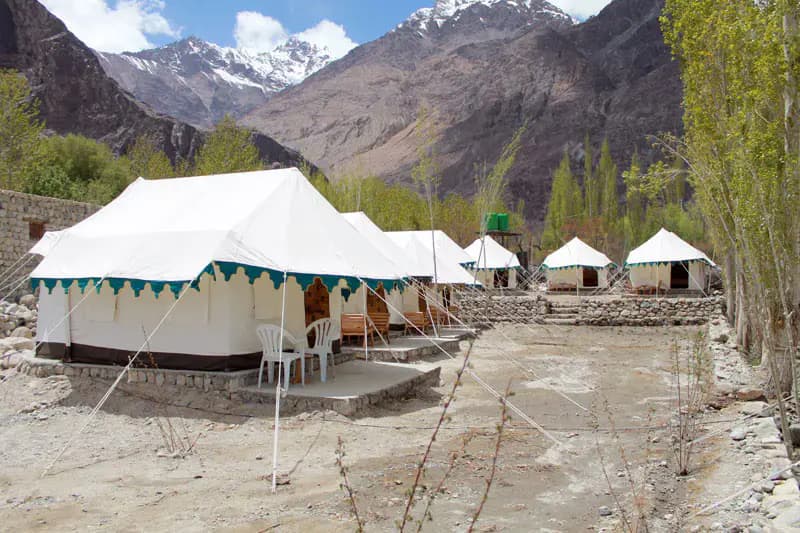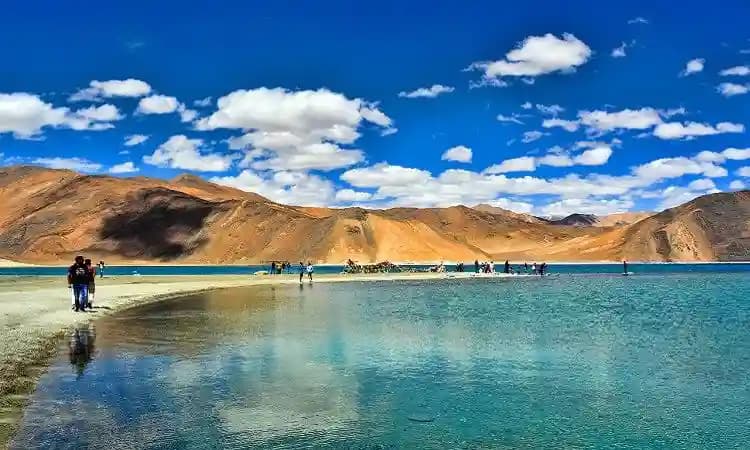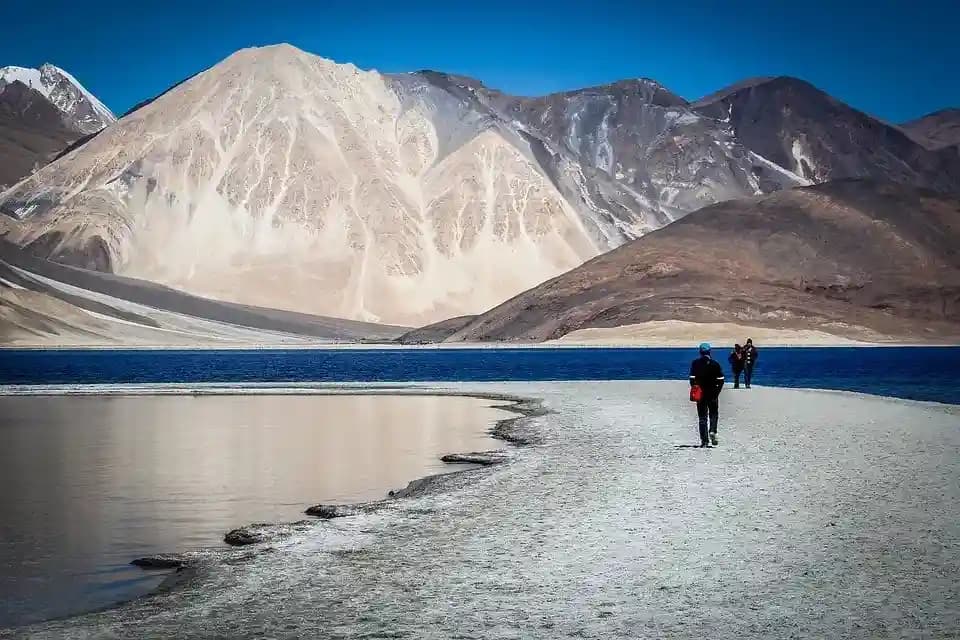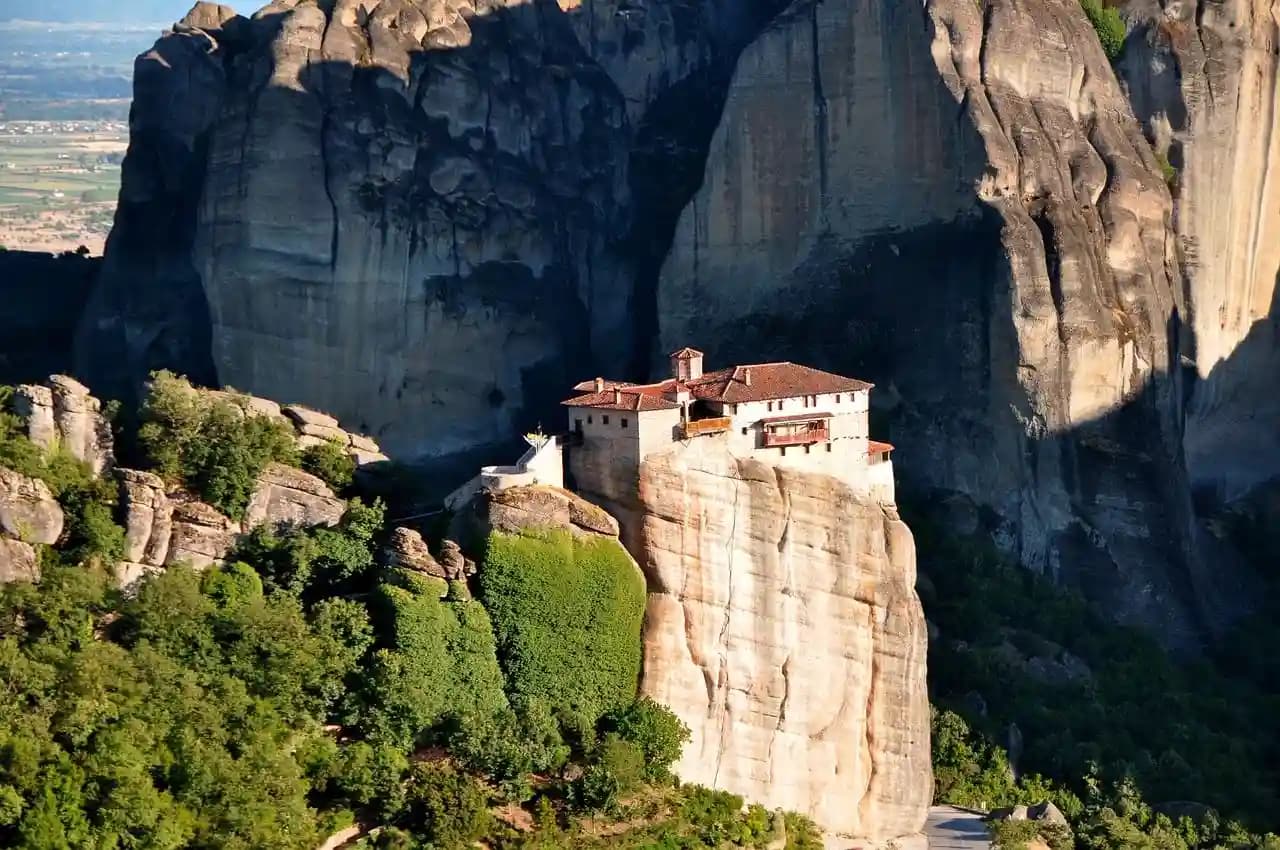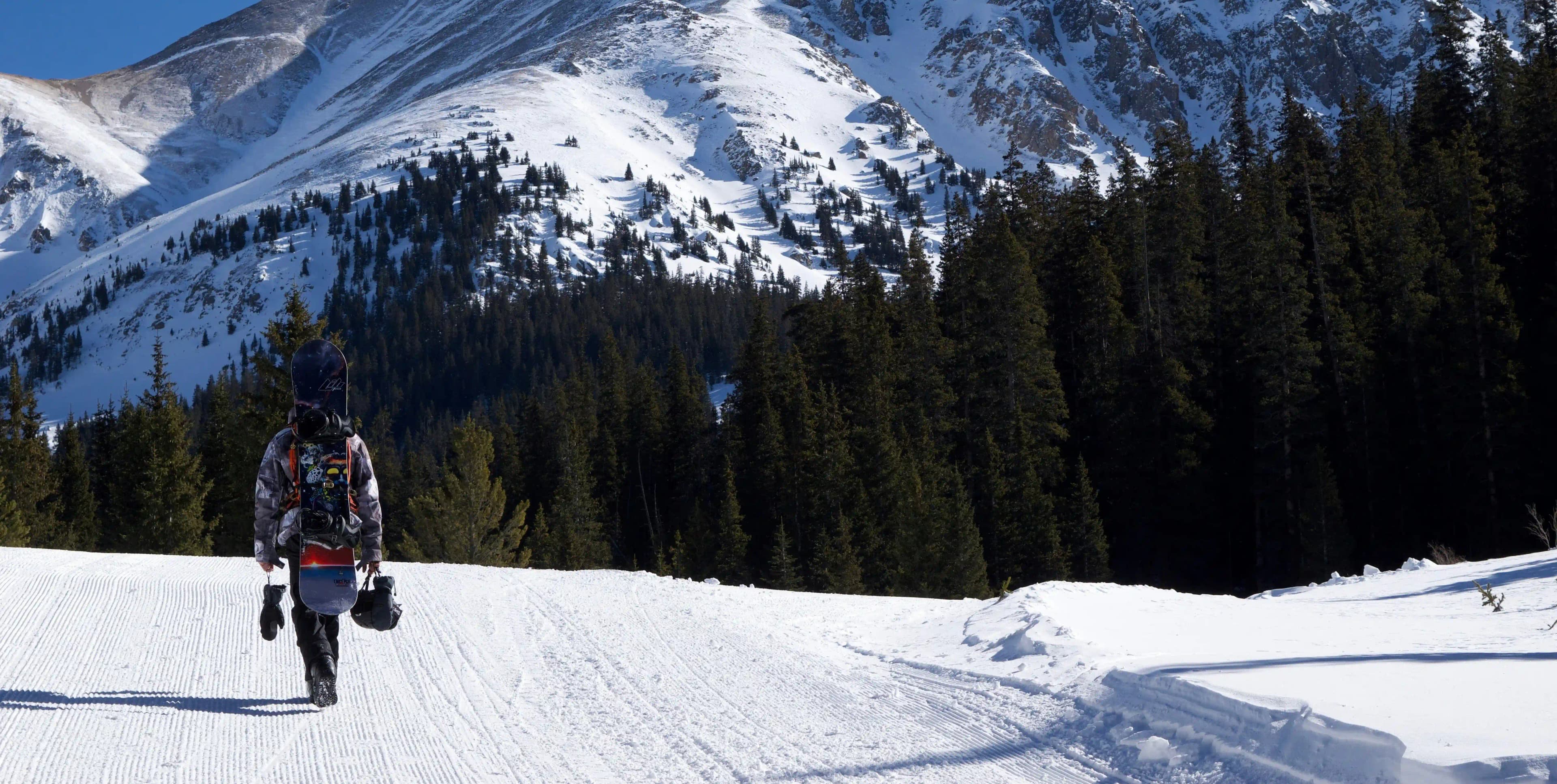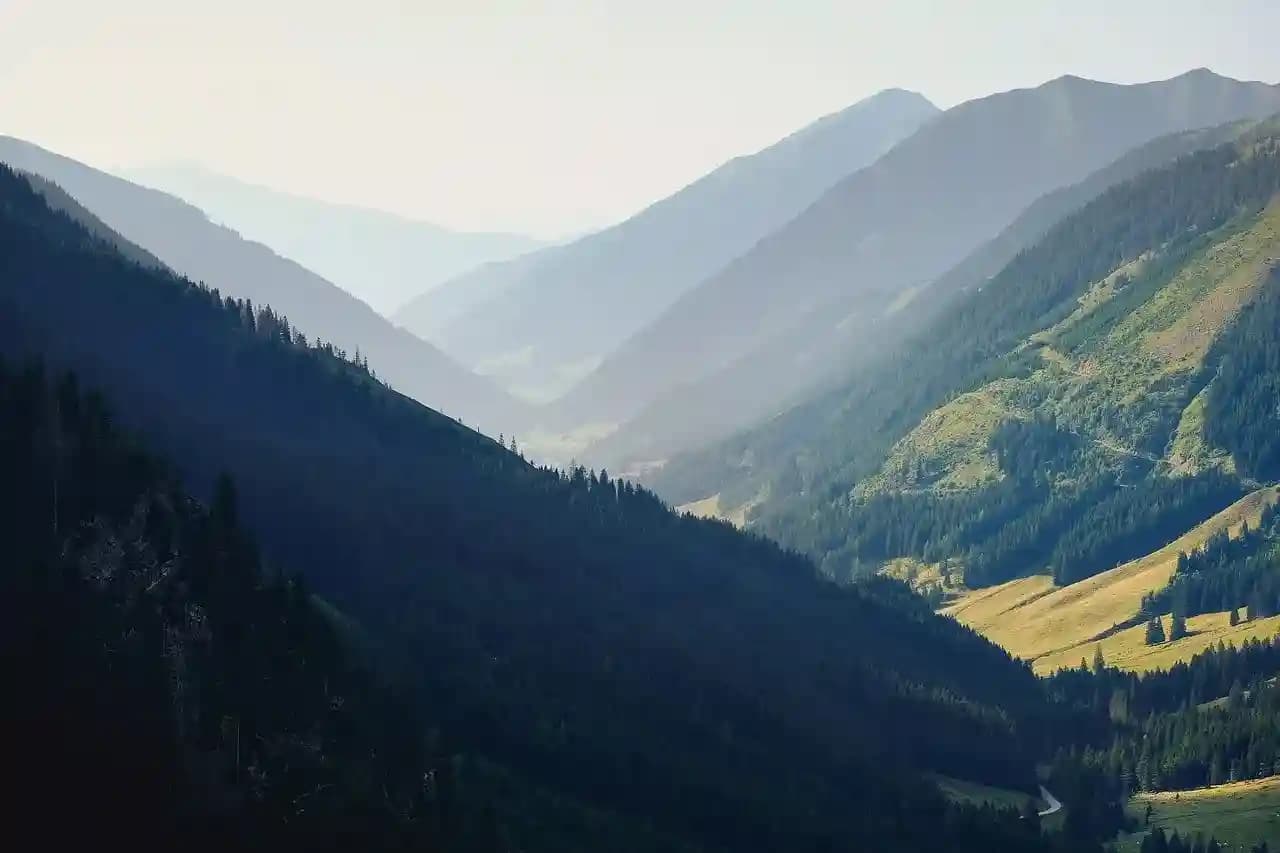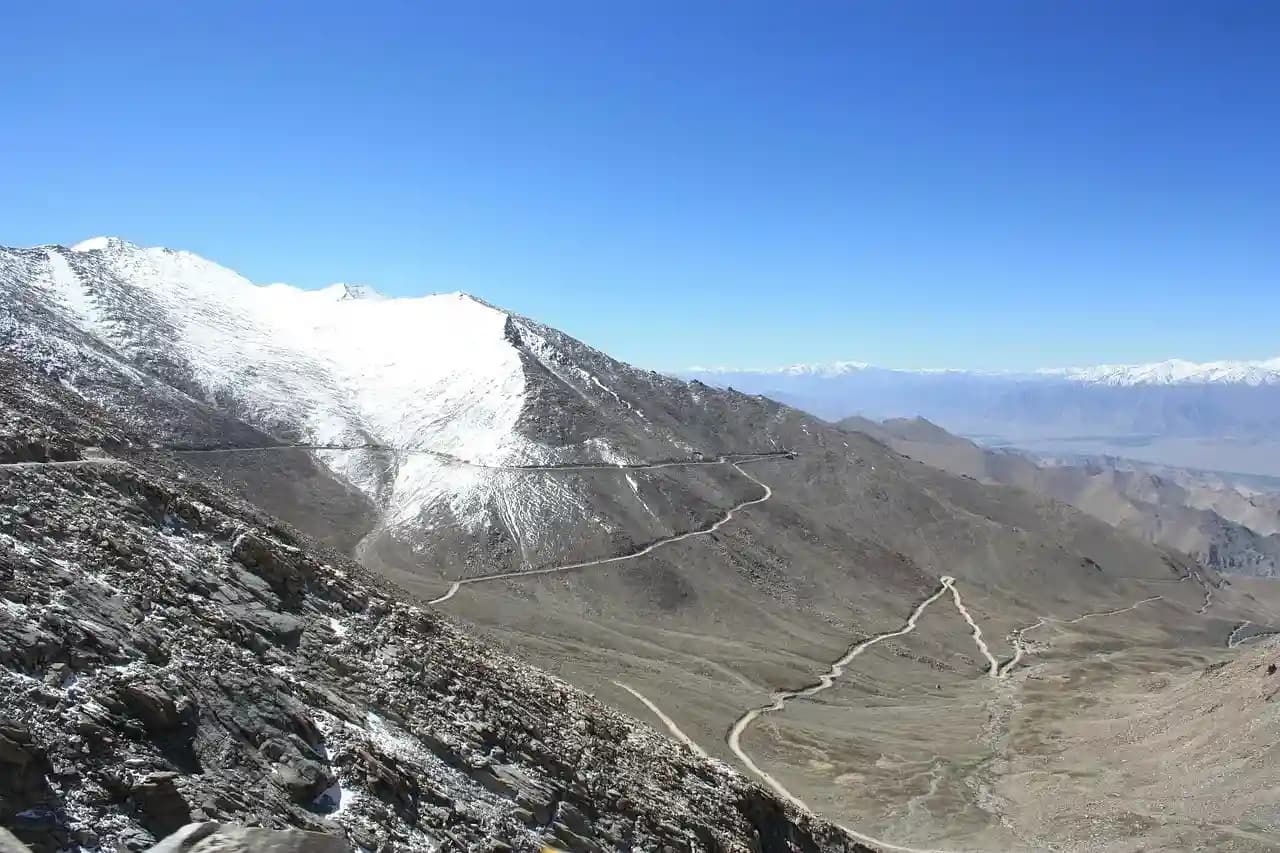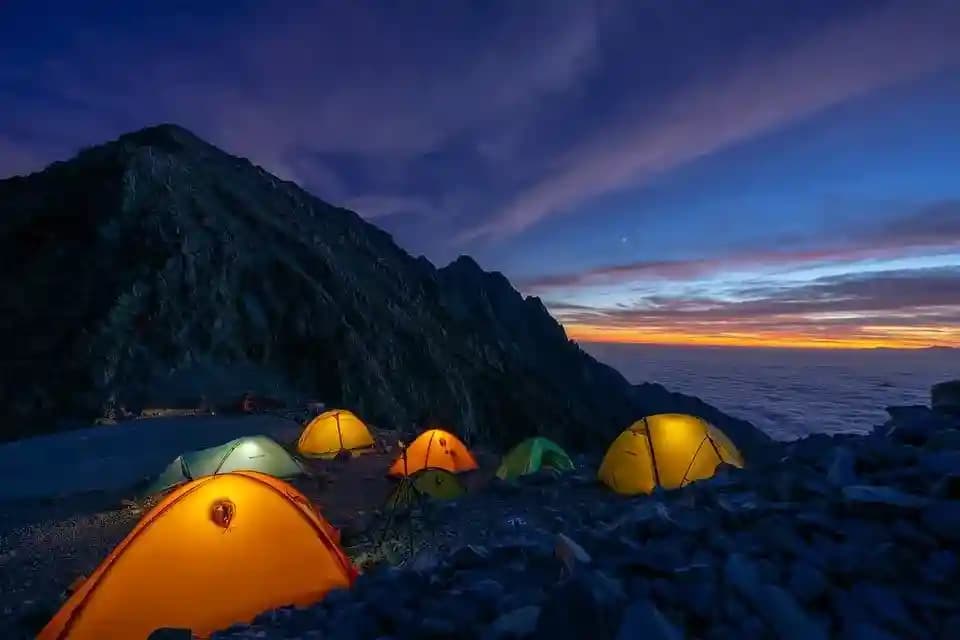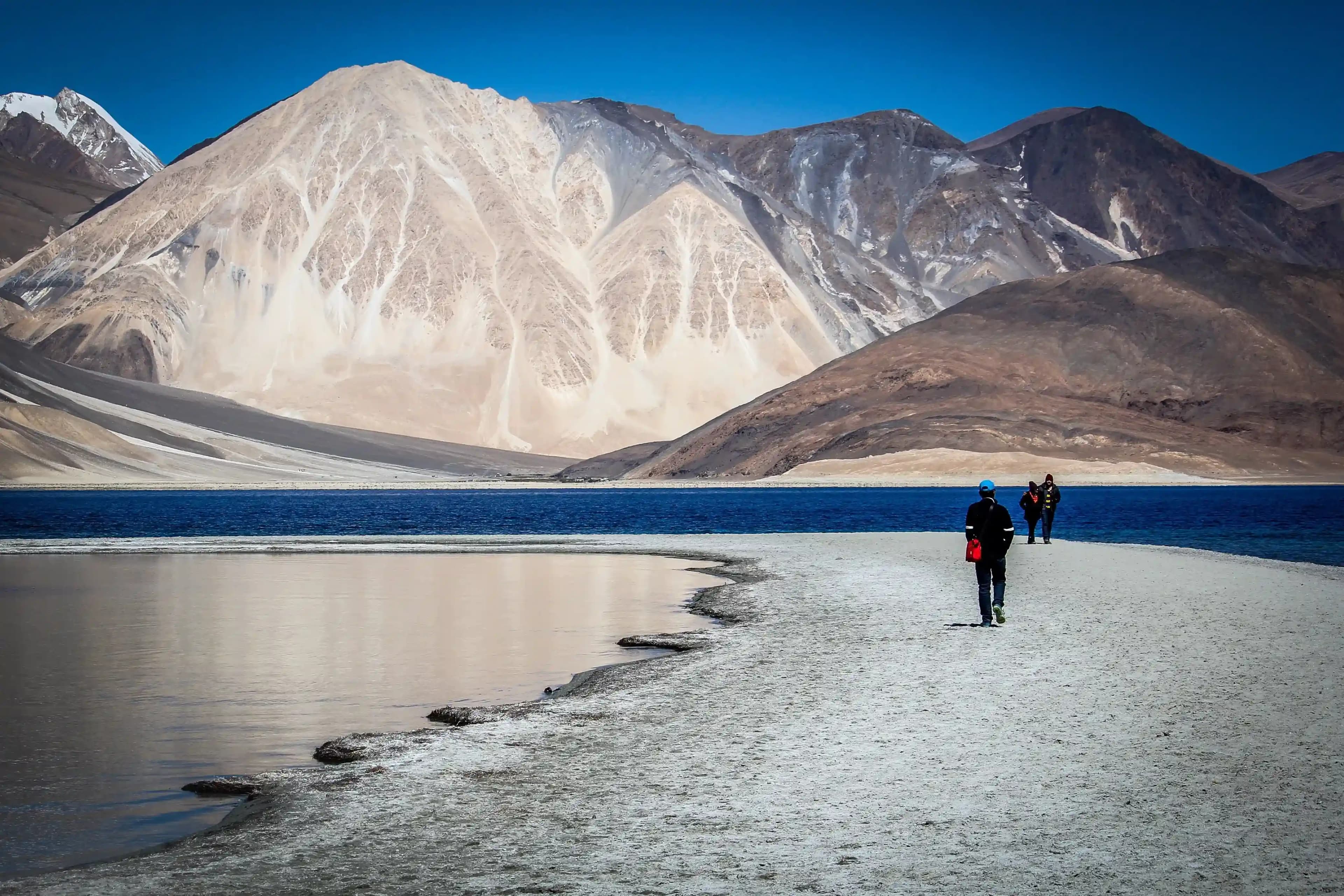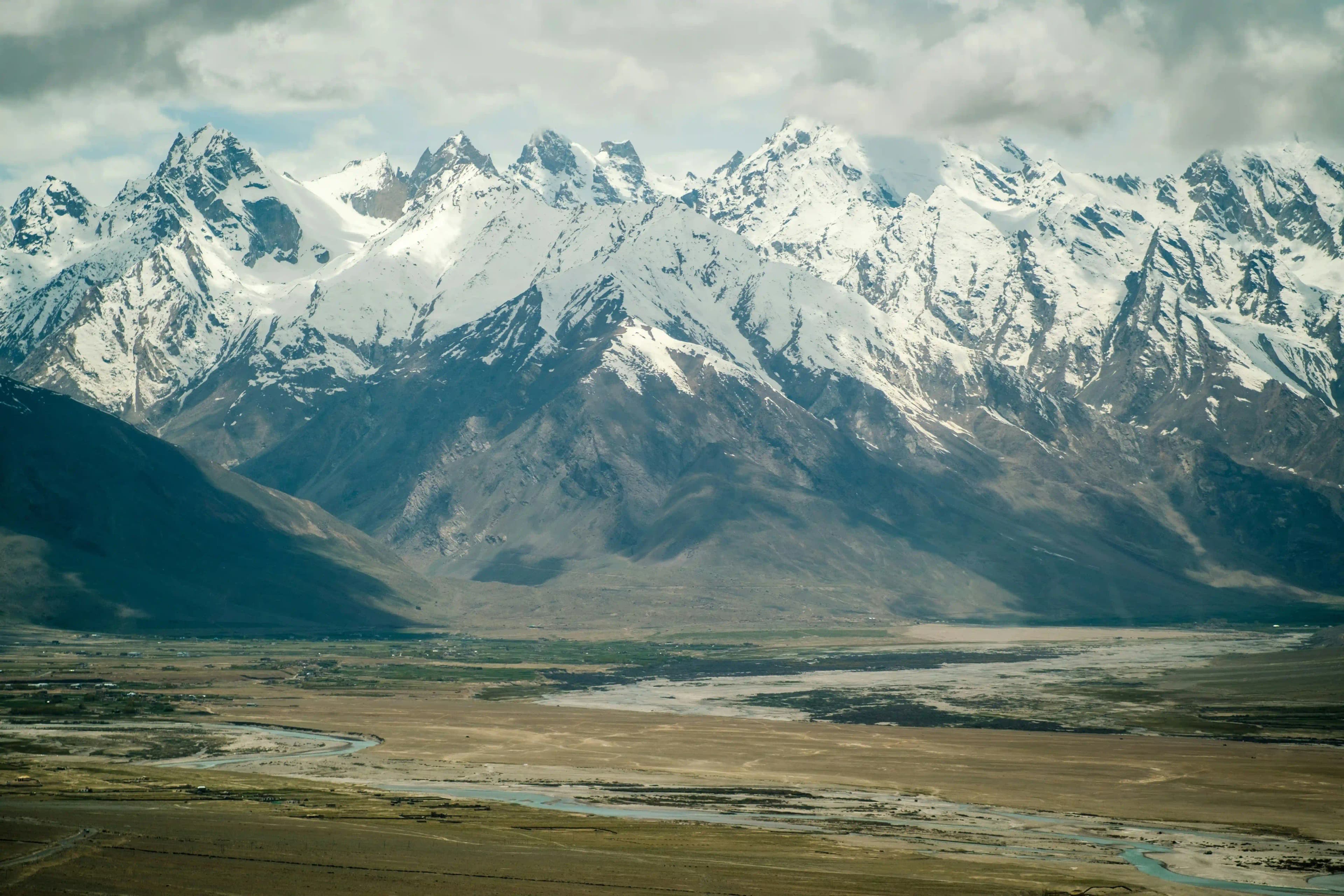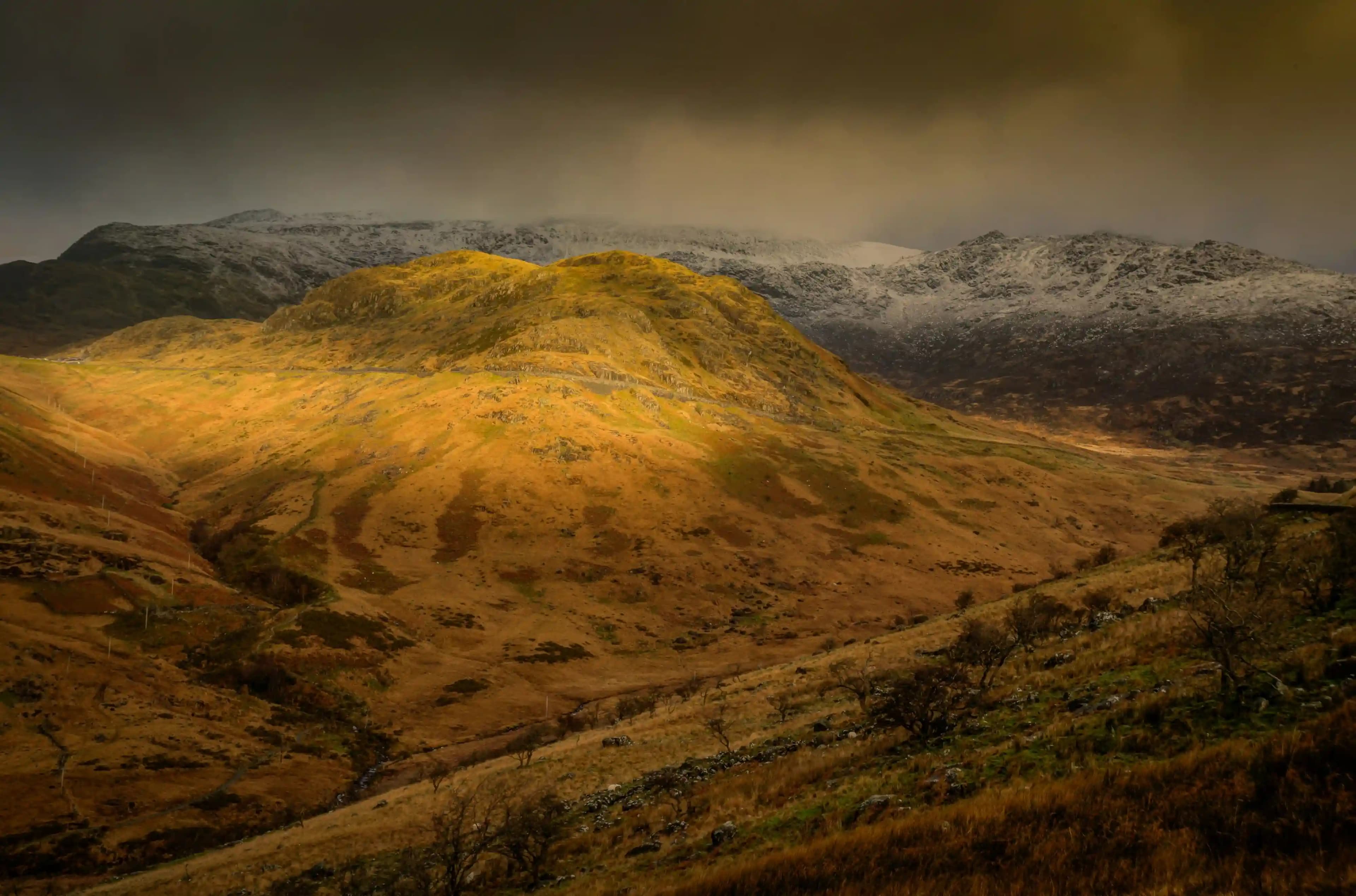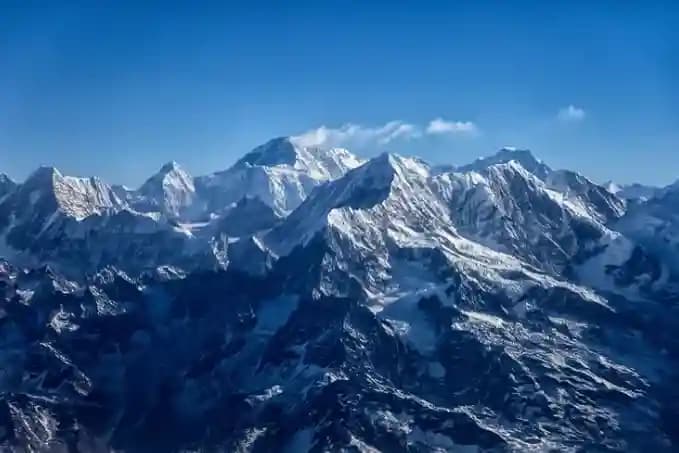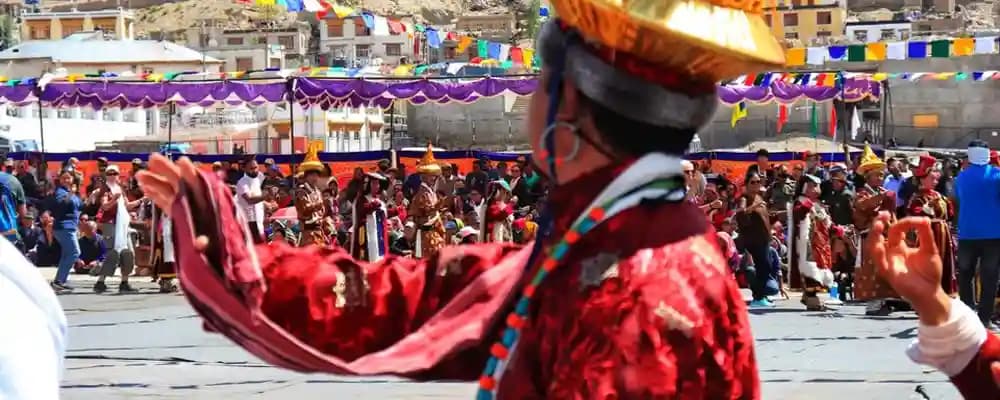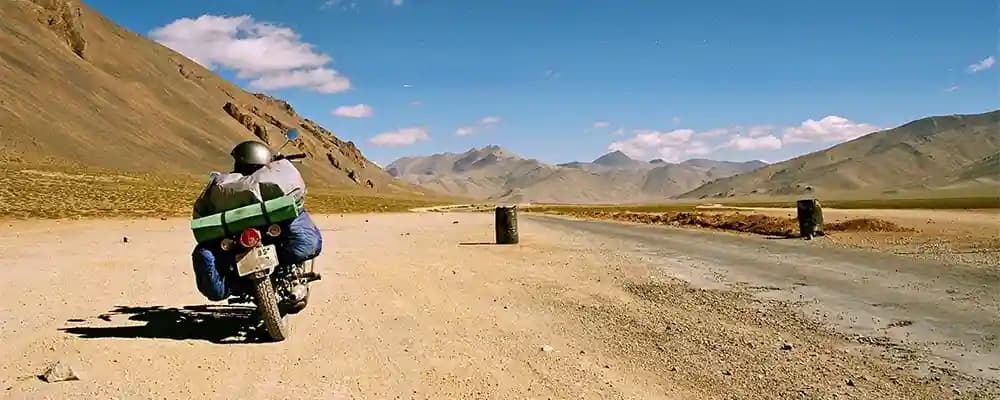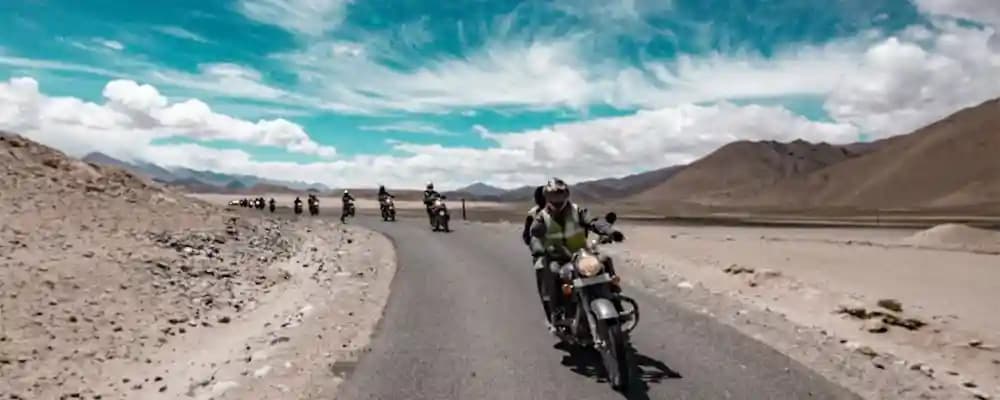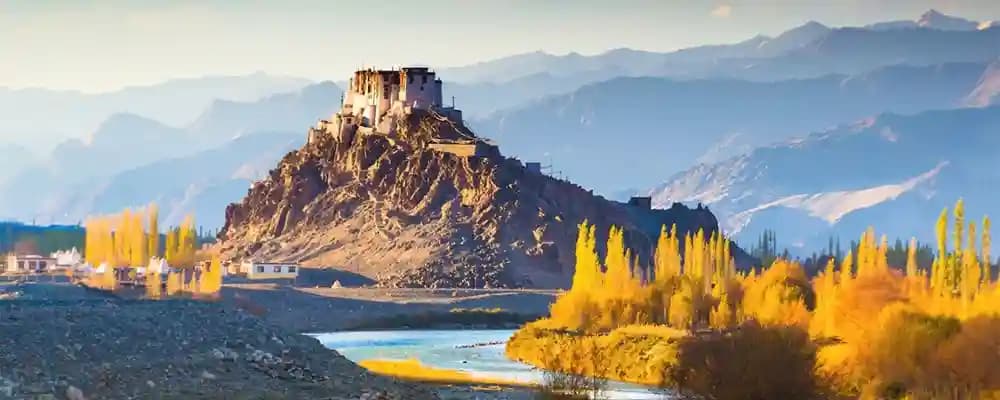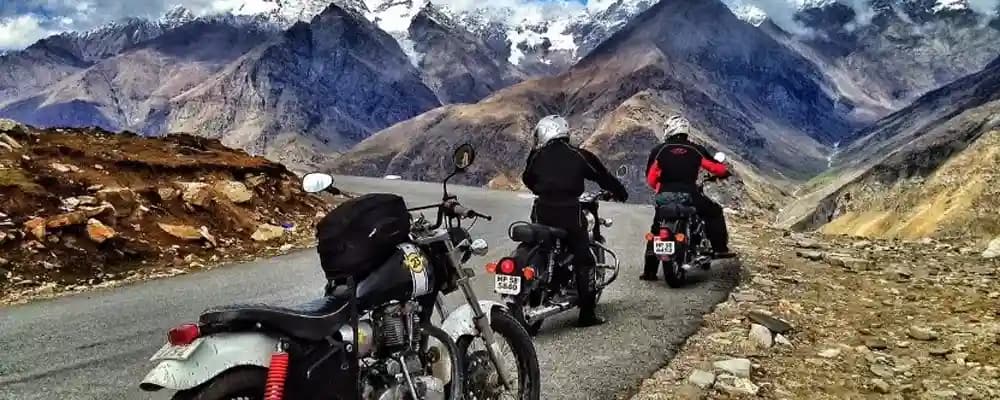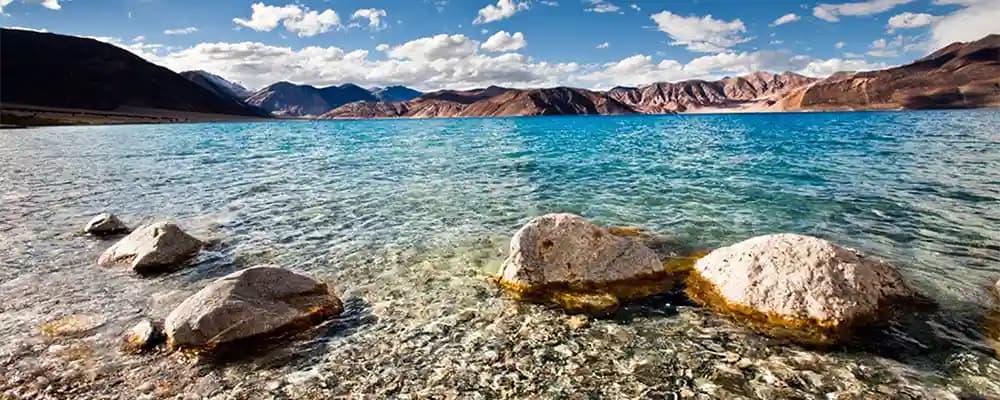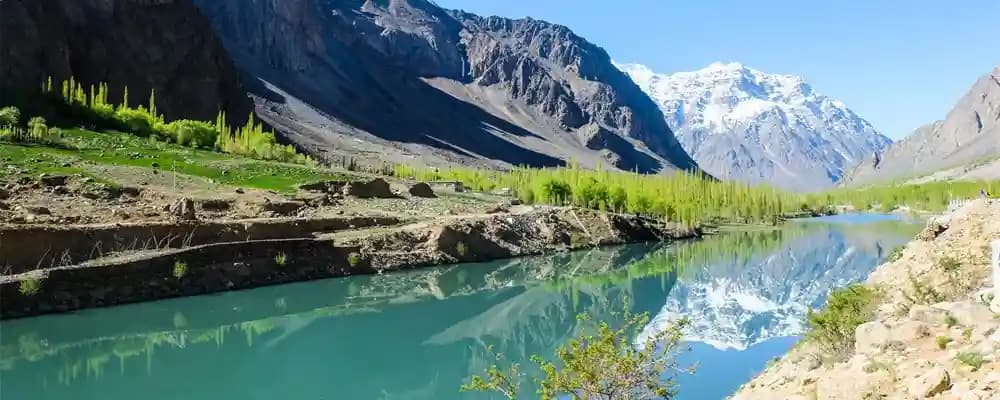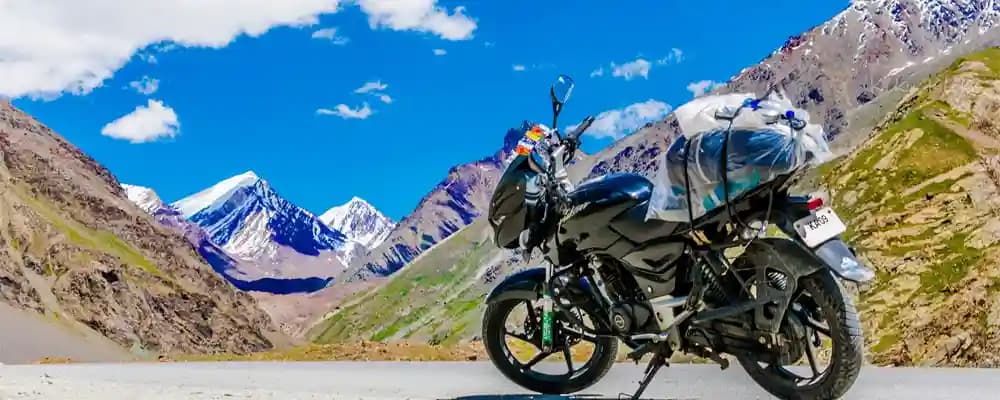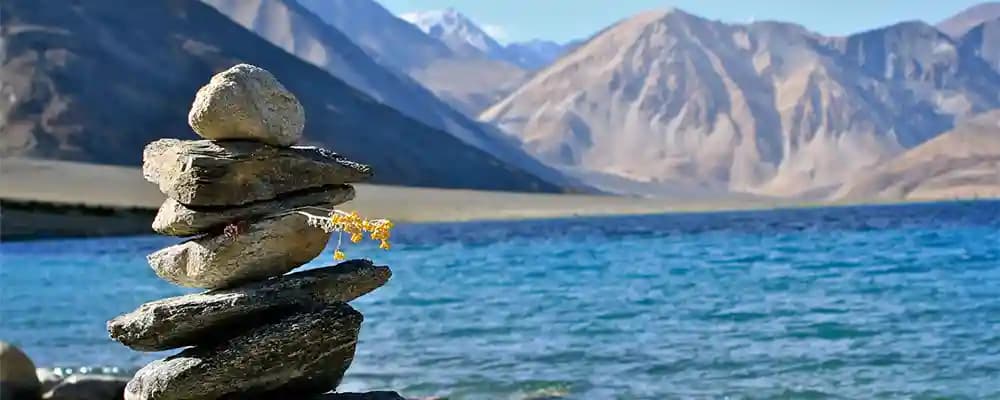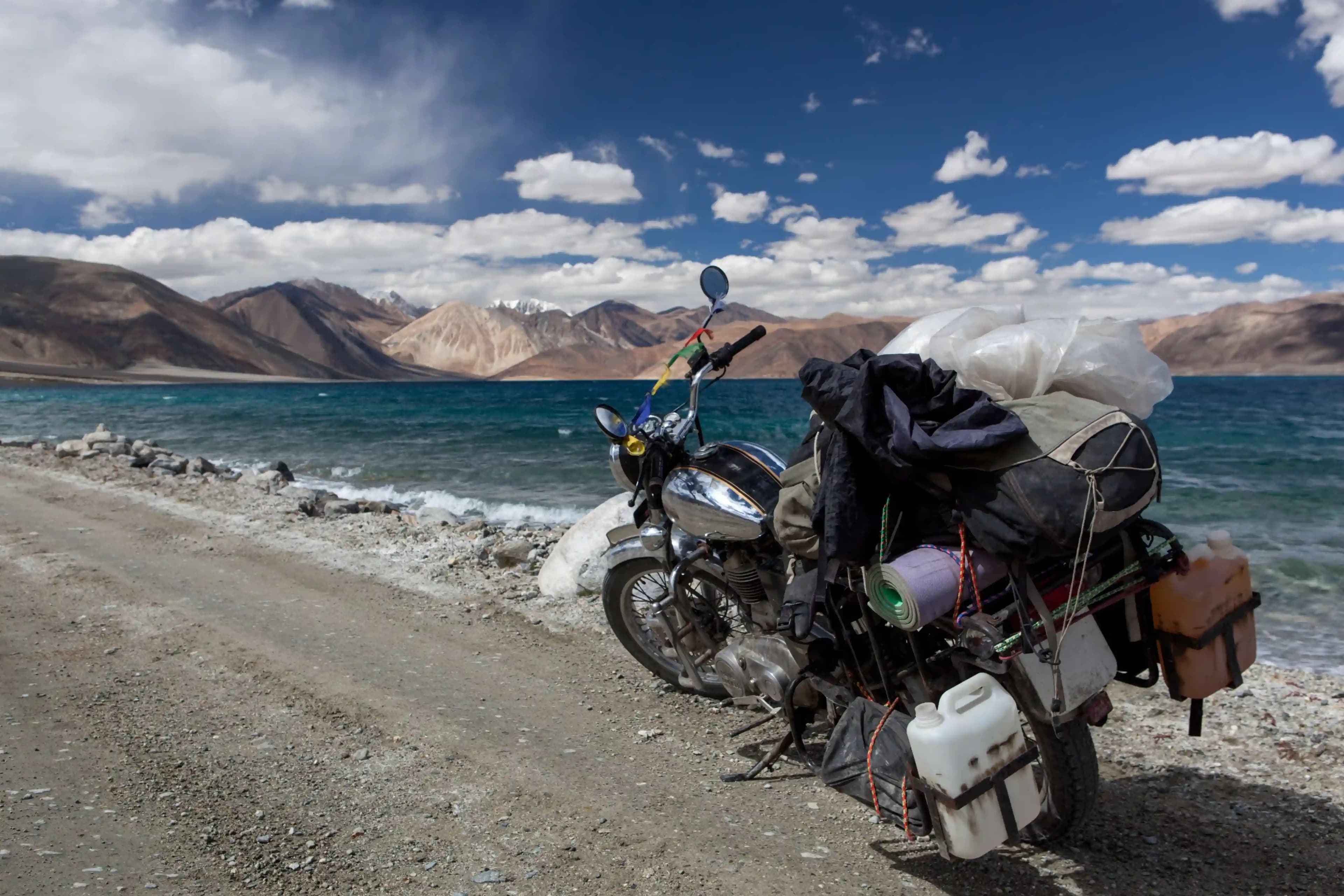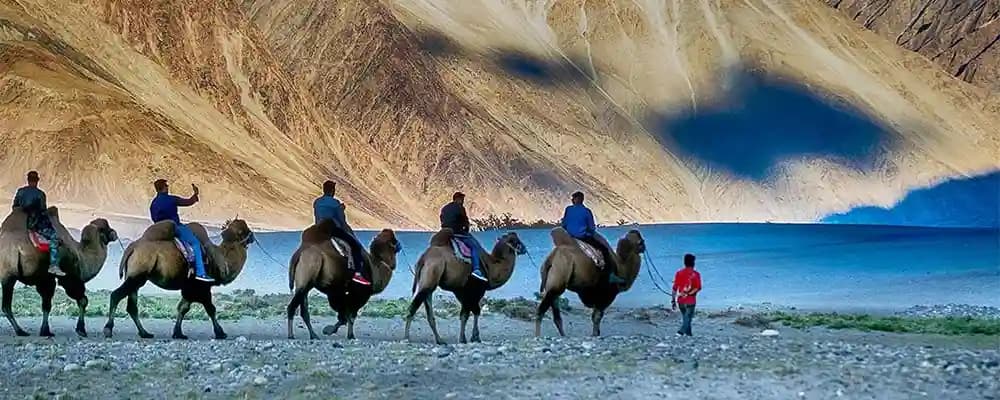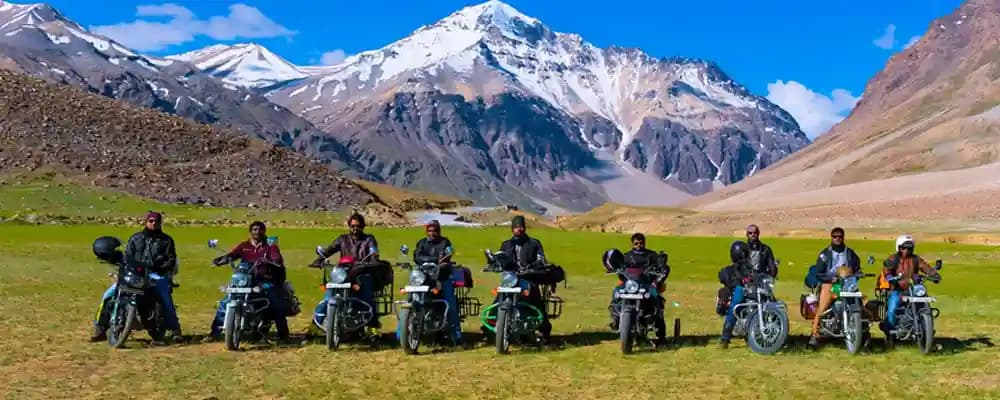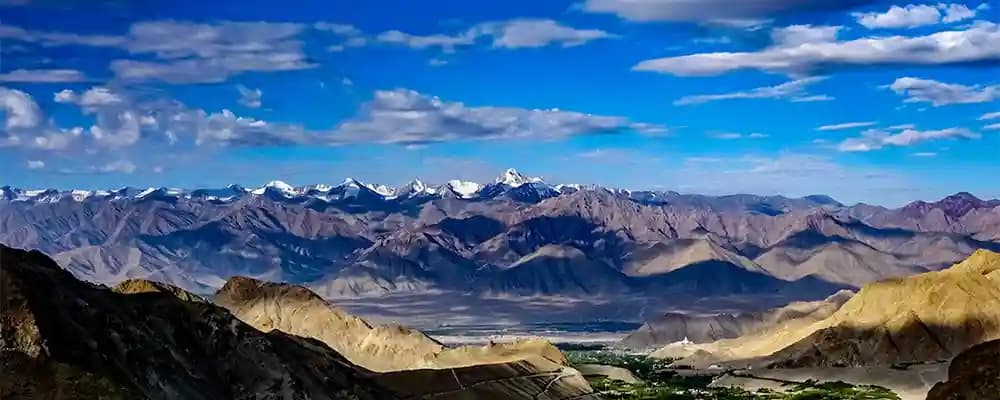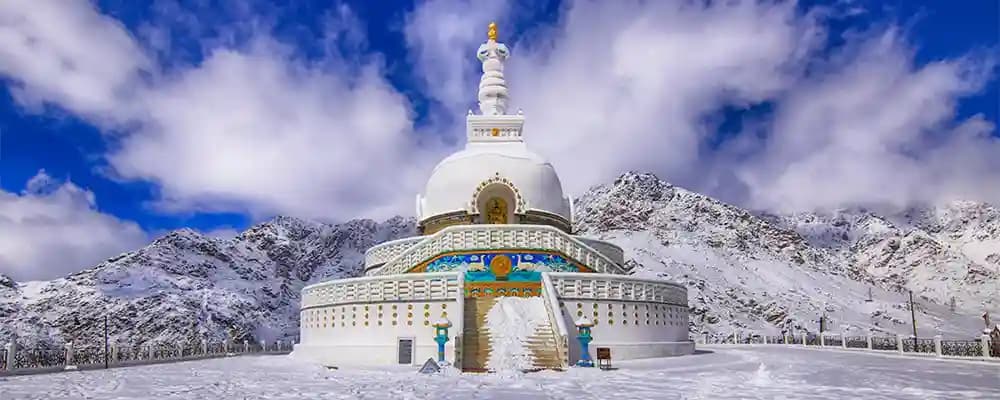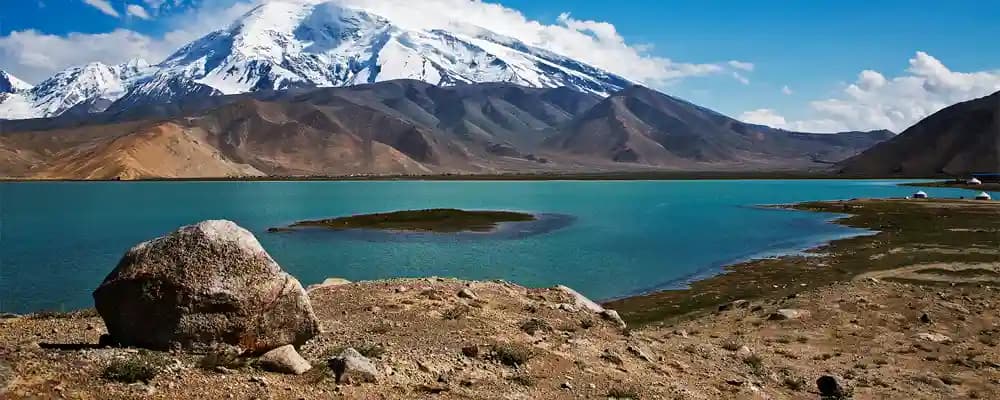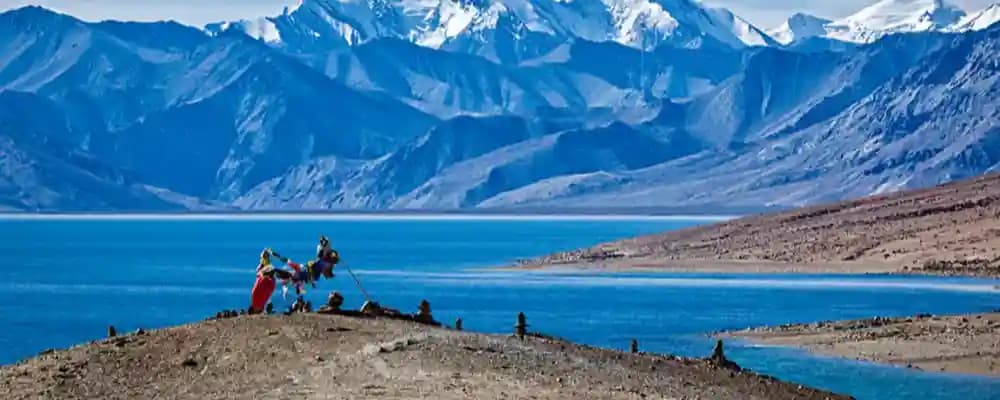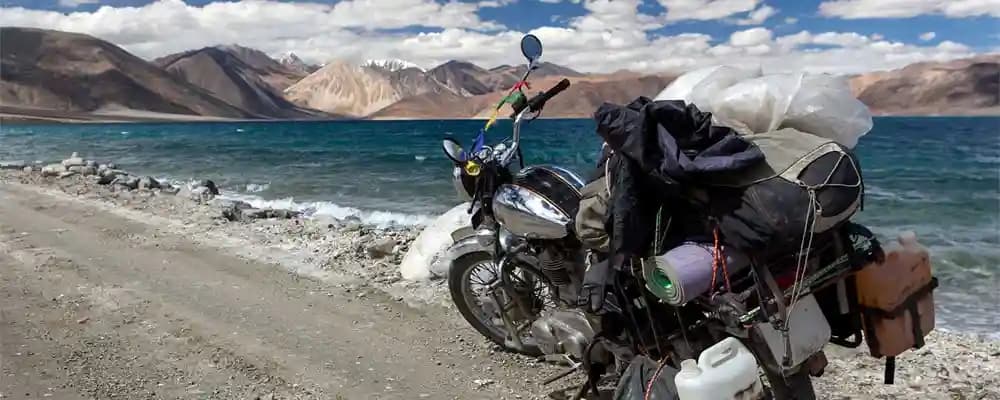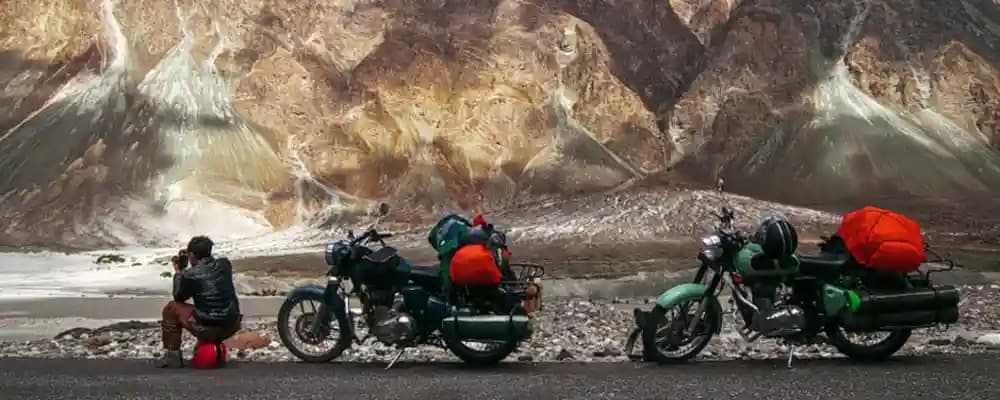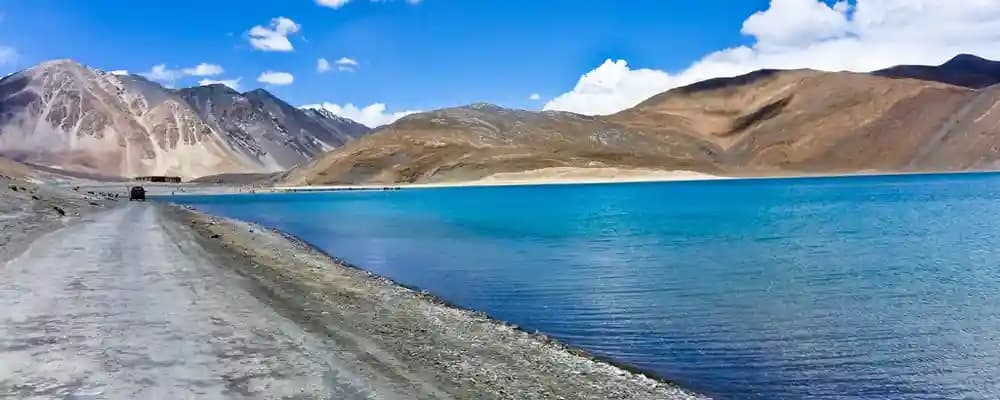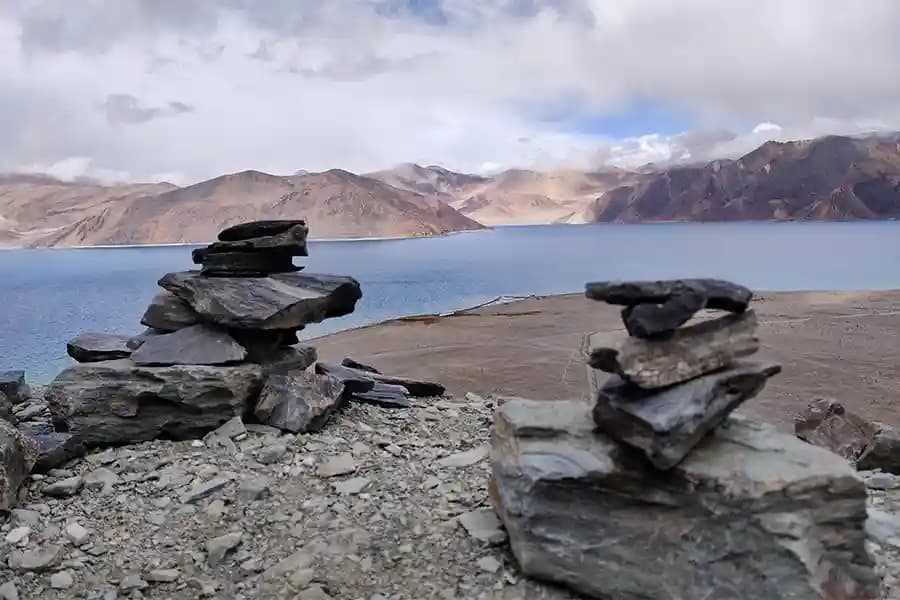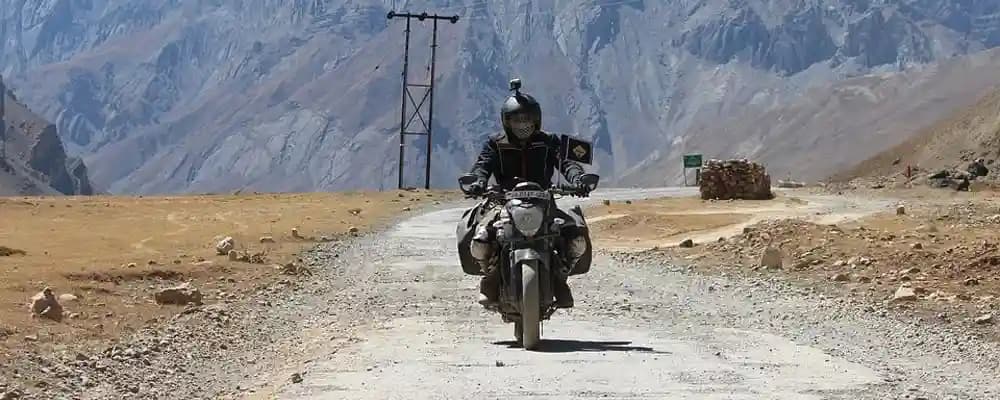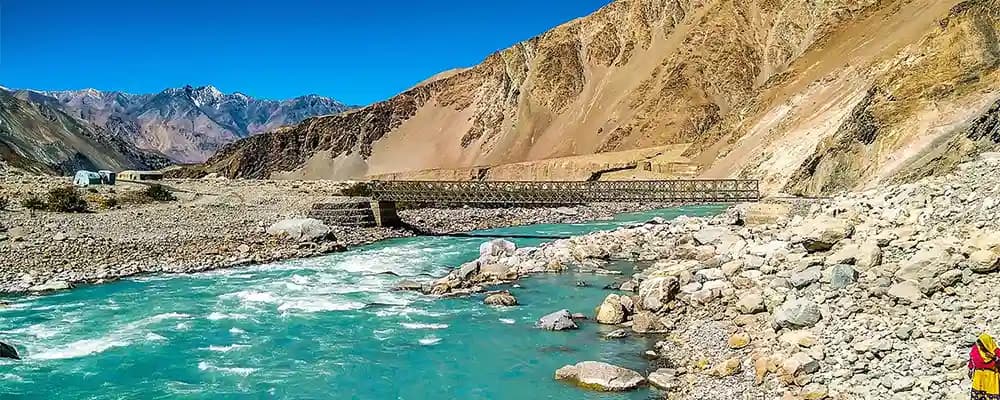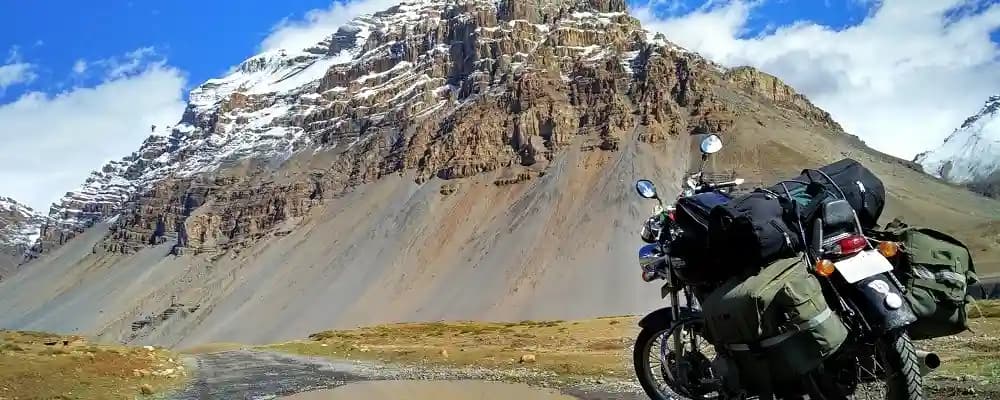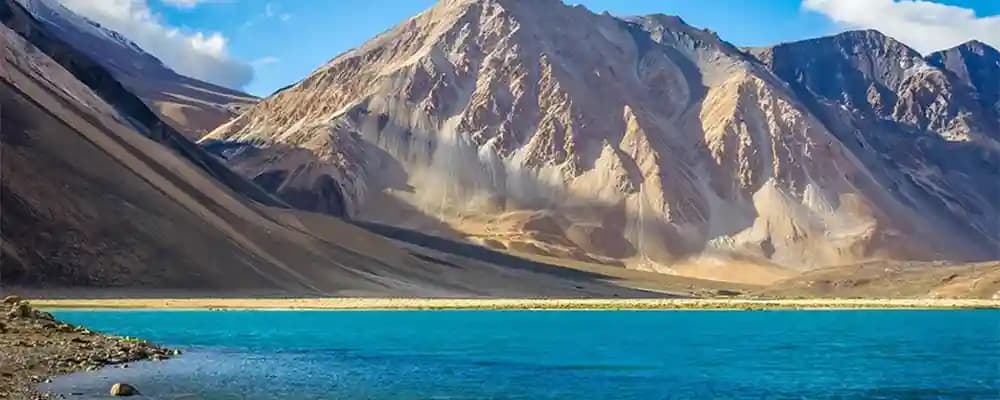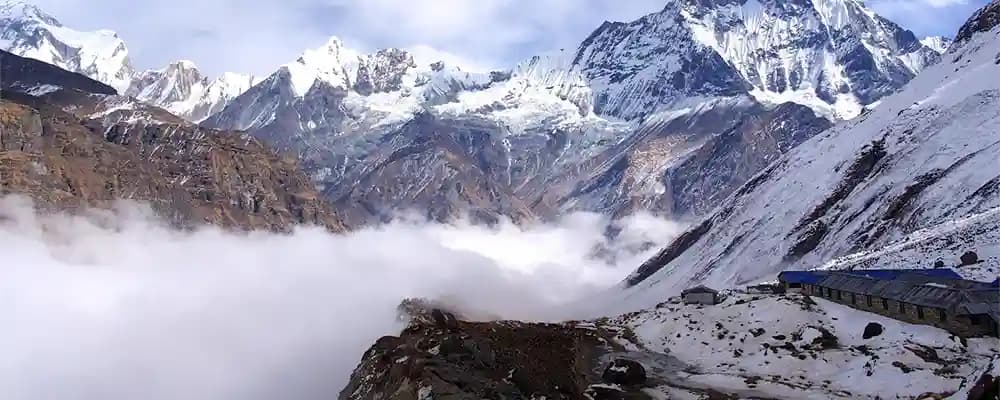The terrain of Zanskar Valley Trek consists of snow-clad mountains, tranquil rivers, and a deep peaceful atmosphere in this untouched land. The Zanskar Valley Trek is more than an ordinary trek since it provides an unforgettable adventure into the pure wilderness of Leh Ladakh tour package. People who enjoy exploring nature find the trek as their peak dream because of its impressive geographical beauty and demanding paths. Your bags are waiting to be packed for this excellent adventure toward this fascinating destination. Experiencing the enchantment of Zanskar Valley means walking paths filled with captivating verses while every panorama creates bewitching impressions. Come with us as the Zanskar Valley trek offers the adventurers the chance to experience both excitement and visual delights and memories they will never forget.
What Makes the Zanskar Valley Trek Special?
The Zanskar Valley trek leads you into one of the most isolated and spectacular areas in the Himalayan mountains. The trail moves through rocky ground covered with icy rivers and traditional villages which show visitors the calm elegance and cultural heritage of Ladakh.
The main attractions during this trek consist of:
- Scenic Beauty: Witness majestic mountains, pristine rivers, and vibrant monasteries.
- Cultural interaction: People joining this trek can experience Ladakhi villages' rich heritage while also interacting with the local community.
- Adventure at its best: The Zanskar Valley Trek offers peak adventure by taking on rugged paths as well as ice-covered trails and demanding mountain passes.
Suggested blog: Things to do in ladakh
Detailed Itinerary for the Zanskar Valley Trek
People who go on the Zanskar Valley Trek encounter thrilling experiences combined with stunning views alongside cultural exploration. A complete day-by-day schedule follows below for understanding the remarkable path of this adventure. Each daily distance as well as points of interest and important advice for a successful trek are detailed in this document.
Day 1: Arrival in Leh
A new journey for the Zanskar Valley Trek starts in Leh which maintains an altitude of 3,500 meters above sea level. After landing at Kushok Bakula Rimpochee Airport, visitors should spend their first day adjusting their bodies to the elevated altitude while preventing Acute Mountain Sickness (AMS). After exploring the bustling Leh Market for local items, tourists can see both Shanti Stupa and Leh Palace for their historic architectural beauty. The day serves as an essential body preparation period that combines body readiness with exploring the peaceful atmosphere found in this Himalayan destination.
Distance Covered: N/A
Things to Remember:
- Maintain high water consumption while you should refrain from intensive physical activities.
- Having sunscreen and moisturizers at hand will help you cope with the arid weather conditions.
Day 2: Drive from Leh through to the sites of Lamayuru and Alchi
The journey on this date leads you from Leh city towards the historical Lamayuru Monastery which lies 120 kilometers distant. Lamayuru stands as the "Moonland of Ladakh" because its landscapes resemble the appearance of the moon. You should allocate time to explore the monastery because it features stunning perspective views of the valley underneath. Your journey leads you from Alchi to this village which displays the 11th-century Alchi Monastery alongside its historical wooden sculptures and wall art. Complete the return to Leh late in the day while reflecting on all the cultural wonders that attracted you.
Distance Covered: 240 kilometers (round trip)
Things to Remember:
- Shoes that provide comfort will be beneficial for visiting monasteries.
- Traveling along a lengthy road requires water along with snacks in your possession.
Day 3: Drive to Padum
Leh serves as the starting point for Padum which demands travelers to face a 240-kilometer route featuring astounding visual scenes. You will need 10 to 12 hours to drive along the Fotu La pass and the peaceful Suru Valley landscape. Make a stop at the Rangdum Monastery to discover the religious background of this area as you travel through. The difficult terrain on the road becomes easier to bear because of the stunning mountain views of white peaks and verdant valleys. Visit Padum which serves as the starting point for the trek to spend a night in either a guesthouse or one of the local homestays.
Distance Covered: 240 km
Things to Remember:
- The exhausting trip requires you to bring along food supplies, drink bottles, and suitable winter apparel.
- Keep your camera within reach since the potholed paths will present chances to capture breathtaking sights.
Day 4: Completing the trek from Padum to Karsha Monastery
The trek begins formally with an 8-kilometer peaceful path connecting Padum to Karsha Monastery. A gentle trail path provides an excellent beginning to your expedition. A 900-year-old monastery built atop a hill watches over the Zanskar valley from its position in Karsha village which remains quiet. You should dedicate time to studying the monastery along with its calm atmosphere while uncovering its historical richness. Prepare your campsite near the monastery to appreciate the tranquil environment before embarking on longer upcoming treks.
Distance Covered: 8 km
Things to Remember:
- Early rising provides better use of daylight hours.
- A small lightweight pack containing water together with sunscreen sits among essential items.
Day 5: Karsha to Purne via Pidmo
For further Zanskar Valley trek, travelers should prepare for a full-day trek along the 15-kilometer route through the series of pleasant mountain villages which include Pidmo. Walkers see rugged terrains with deep gorges and the Zanskar River in the background along this trail. When you walk this path you will encounter genuine Zanskari residents who share their hospitality and greetings with you. Purne stands as a quiet village with surrounding mountains located at the trekking destination for the day. Create your camping base at this location to relax while the river sounds become your tranquil evening songs.
Distance Covered: 15 km
Things to Remember:
- Keep yourself hydrated while also carrying fuel-rich food items because the journey is lengthy.
- The surface includes many elevations so visitors need reliable trekking shoes to navigate safely.
Day 6: After stopping at Phuktal Monastery you will return to Purne
People explore the Phuktal Monastery which stands as a legendary spiritual site within Zanskar during this dedicated day. The monastery cuts into the cliff wall to provide amazing views across the valley and it opposes the laws of gravity. The return journey between Purne and Phuktal occupies about 10 kilometers as part of a reasonable walking distance. Spend several moments in the peaceful space of the monastery by meeting monks and studying its distinctive architectural features. Spend your evenings at Purne under the beautiful night stars for relaxation.
Distance Covered: 10 km round trip
Things to Remember:
- You should trek at a consistent speed while crossing the steep portions throughout the trail.
- When visiting the monastery keep in mind their local traditions and maintain complete silence at all times.
Day 7: A six-kilometer hiking journey leads from Purne to Kargyak.
With a total distance of 16 kilometers, the Purne to Kargyak trek enables visitors to experience the authentic wild Zanskar landscape. Travellers navigate this track along the hard terrain passing rocky ground and winding waterways and open fields. You will have the privilege of viewing Gomboranjon Peak during your journey because this enormous landmark will leave everyone spellbound. You will reach Kargyak which is the final community in Zanskar Valley for spending an overnight outdoors beneath mountain peaks while enjoying stargazing.
Distance Covered: 16 km
Things to Remember:
- You will need additional clothing because nighttime temperatures become frigid.
- Travelers can utilize trekking poles during uphill terrain on the walking path.
Day 8: Trek to the Shingo La Base Camp
The journey becomes harder when you walk 14 kilometers to reach Shingo La Base Camp which stands at 4,850 meters above sea level. Climbing the steep terrain produces spectacular views since alpine meadows along with untainted wilderness areas enchant everyone in the group. From the base camp, visitors can admire the breathtaking view of snow-capped peaks which promise an upcoming thrilling adventure. Spend your night in tents as you train for the most demanding area of the trekking route.
Distance Covered: 14 km
Things to remember:
- The effects of altitude sickness should be watched carefully.
- Select camping equipment that performs well under frosty conditions.
Day 9: Cross Shingo La Pass and descend to reach Lakhang
The challenging but satisfying day of the trek marks this day as the toughest. Climb to the Shingo La Pass at 5,100 meters as you cross its heights following challenging terrain. Encompassing sights from Shingo La Pass, present otherworldly wonders that extend to towering mountains and glaciers and endless valleys visible across the entire sky. Continue descending from the viewpoint until you reach Lakhang village to establish your nighttime camp. The passage down from Kiwi la pass proves less difficult though students must be attentive because of unstable rocks.
Things to Remember:
- The onset of noon brings changing weather so you should initiate your pass crossing early in the morning.
- The freezing winds of the past demand several layers of clothing for protection.
Day 10: Lakhang to Darcha and Return to Leh
Your Zanskar Valley Trek reaches its finish point by walking through Darcha which serves as the last settlement of your journey. The 12-kilometer path from Lakhang to Darcha passes through mild descending terrain that leads to relaxing meadows. Everyone traveling to Darcha must take transportation to return to Leh. During your travel through Ladakh’s untamed landscapes appreciate the remarkable experiences you have encountered.
Things to Remember:
- Always keep your camera with you during this final phase of your breathtaking trek.
- Throughout your way back to Leh share your proud accomplishment with your fellow hikers as you travel together.
Best Time to Start the Zanskar Valley Trek
A recommended period for touring the Zanskar Valley Trek extends from June until September. The season brings about snow melt that creates secure paths for hiking along the trekking routes. The authentic weather conditions create ideal conditions for sightseeing because clear skies combine with moderate temperatures. The frozen Zanskar River Trek known as Chadar Trek exists only during January and February when travelers can experience this lifetime adventure.
Conclusion
The Zanskar Valley Trek represents more than just a hiking experience because it grants you unforgettable memories while making you face demanding yet uplifting journeys. All aspects of the Zanskar Valley Trek contain magical qualities including stunning mountain landscapes and exhilarating altitude crossings combined with peaceful remote monastic sites. So, why wait? The complete trip arrangement is taken care of by Capture a Trip so you can dedicate your time to savoring your eternal adventure. Book your dream trek to Zanskar Valley right now!
Frequently Asked Questions
1. What category of difficulty level should visitors expect during their Zanskar Valley Trek?
Trekking through this region demands good physical fitness because of its moderate to difficult rating. Experienced trekkers will find it more suitable.
2. How many days are required for the Zanskar Valley Trek?
It requires about 10 to 12 days to complete the Zanskar Valley Trek which involves travel and essential adjustment time.
3. Do the Zanskar Valley Trek and Chadar Trek exist independently from each other?
The Chadar Trek runs along the frozen Zanskar River as a different winter expedition than the Zanskar Valley Trek. The Zanskar region contains both of these locations.
4. Which trekking equipment do I need to bring along?
Required trekking gear combines adequate layered clothing, appropriate trekking footwear, and a sleep system with sun protection and standard medical supplies.
5. Does trekking through Zanskar Valley present any safety risks?
Experience trekkers who complete the necessary steps including planning and guide expertise and acclimatization procedures can safely complete this experience.
